Laowa 10mm F4 “Cookie” Lens Review
Dustin Abbott
July 19th, 2022
By my count this is (at least) the 13th Laowa lens from Venus Optics that I’ve reviewed. I’ve long felt that Laowa stands out for their courage in tackling challenging and unique projects, including wide angle macro lenses, very large aperture lenses, and now, a tiny “pancake” lens that Laowa quirkily calls a “cookie” lens. This tiny new wide angle lens, the Laowa 10mm F4 Cookie (hereafter called the Laowa 10C for brevity), is truly tiny (measuring just 28mm in length weighing only 136g despite its all-metal build by my personal measurements).
Despite such a tiny size, this is a very wide angle of view. It is designed for APS-C cameras, and gives a 15mm full frame equivalent with Sony or Fuji’s 1.5x crop factor, a little tighter with either Canon (1.6x) or M/43 (2x). It’s a LONG way down to my shoes at this focal length!
This isn’t a toy, however, but rather a quality optical instrument capable of producing detailed, rich images.
One thing Laowa has proven very good at, and that is controlling distortion. That remains true even in this tiny lens, so you can get great lines in a photo even without any kind of correction.
A pancake/cookie lens may not be for everyone, but there are real advantages of having such a wide angle of view in a tiny package, so Laowa clearly feels that there will be a productive market for this lens at its reasonable price point of $299 USD. Is it for you? You can get the full picture by either watching my video review below or reading on to get the full picture.
Follow Me @ YouTube | Patreon | Instagram | Facebook | DA Merchandise | Flickr | 500px
Thanks to Laowa for sending me a review loaner of this lens. As always, this is a completely independent review. *The tests and most of the photos that I share as a part of my review cycle have been done with the Sony a6400 along with the Sony Alpha 1 which will serve as my benchmark camera for the foreseeable future (my review here).
Laowa 10C Build and Handling
I’ve noted the tiny size of the “Cookie”, and it is in many ways the most significant thing about the lens. The 59mm diameter (2.32” – just big enough to match the lens mount) is the biggest thing about it. It is barely over an inch in length (1.10”) and the 136g (4.8 oz) weight is so negligible that you probably won’t even notice it. If your priority is traveling light, then look no further.
I’m not sure the same can be said exactly about “discrete”, as while the lens is tiny, obviously, the silver color makes it more noticeable (at least on the black cameras like my Sonys) than a black lens would. I like it, though, as it adds some style to the camera.
While I like compact lenses, I’m less excited by pancake style lenses for the simple reason that there are inevitable compromises in handling and optics. The handling issues here are all around the reality that Laowa has had to fit in an aperture ring, focus ring, and hyperfocal markings in a lens that is only an inch long. The aperture ring isn’t bad, as it is very close to the lens mount and ridged for nice tactile response. I’m able to find it easily be feel when looking through the viewfinder. There are only full aperture stops/detents here, so if you wanted more finite control over aperture or a clickless option, this won’t be the lens for you. The aperture ring itself moves smoothly and precisely.
I’m less thrilled by the manual focus ring, which is smaller and located right up at the front of the lens. It’s harder to find just by feel, but perhaps more importantly this location along with the wide focal length of the lens means that I got a fingertip captured in several images (look at the lower right side of this image).
This means that finetuning focus while shooting video is going to be a challenge, though this will be a great gimbal lens for movement shots where you want to just set the desired focal length in advance and then just focus on getting the shot. The focus ring moves smoothly (Laowa is good at this) and has about 120° of rotation.
There are distance markings on that rotating portion of the lens, with hyperfocal markings at F4, F8, and F16 in between the two rings. As per usual, I find hyperfocal focusing less accurate than actually visually confirming focus. I used the hyperfocal markings and got this result:
…but got this (much better) result by just magnifying the image and confirming focus accuracy.
While the shots I’ve used to demonstrate this were taken on the Sony a6400, I will note that I preferred focus (as always) using the APS-C mode on my Sony Alpha 1 due to its superior viewfinder.
Speaking of full frame: I often am asked how a certain APS-C lens covers the full frame image circle and whether it can be used there. In this sequence of images you can see that 1) there is a fair bit of the full frame image circle left uncovered by the Laowa 10C 2) when you crop in you have very slightly more image left than the APS-C crop shown in image 3.
Those using higher resolution bodies like the Alpha 1 or a7RIV will probably still find the result useful in APS-C mode, though I wouldn’t buy this purely for use on full frame personally.
When you have a small lens dominated by multiple rotating sections, you will inevitably have some minor challenges in mounting/dismounting the lens, and that’s true here. There’s nothing “solid” to grab onto, which means you will almost certainly change your aperture/focus settings in the process of gripping the lens tight enough to twist and remove it. I find that gripping as much of the lens as possible does help.
Up front we have a small (and unusual) 37mm front filter size:
You can see from this image that the aperture iris has five straight blades. You are unlikely to see this in the form of bokeh (wide angle focal length with a small maximum aperture), but in this rare shot I could see the shape of the aperture blades (pentagon) in the flare pattern.
While I prefer rounded aperture blades in many lenses, I don’t mind straight blades in a wide angle lens like this for the simple reason that it is easier to create sunstars with straight blades (sometimes even at the maximum aperture). The Laowa 10C creates beautiful 10 pointed sunstars which really add style to an image:
As is the case with most Laowa lenses, the build quality is very high (all metal and glass) but there are a few key missing elements. This includes any kind of electronic communication (you’ll see no electronic contacts in the image below) and no weather sealing.
Things like metering and focus overlays work fine (these are generated by the camera), but you won’t get communication for recording some EXIF information (focal length, aperture, etc…) and there won’t be any cues for automatic in-body-image-stabilization (you will have to manually input the focal length if your camera is so equipped) or for any in-camera correction profiles. You will have to manually correct for, say, vignette, in post correction.
The minimum focus distance of the lens is a tiny 10cm (right under 4 inches), which means you’ll pretty much be on top of your subject at that distance.
Magnification is quite high (it looks to be in the 0.25x range), though getting that close with a wide angle lens means that a flat plane of focus is pretty much out of the question. You’ll have a “sweet spot” of focus like here:
That won’t stop you from getting some nice close up shots, though, so I consider this a very nice addition to the lens’ repertoire.
All in all, the build quality of the Laowa 10C is very nice, the lens is incredibly compact and small (you could easily throw it in a pocket to bring along), but as per usual there are a few handling compromises in such a compact design.
Laowa 10C Image Quality
The Laowa 10mm F4 Cookie lens has the ability to produce some great images despite its extreme size, and I was able to get plenty of highly detailed images out of it.
Longitudinal chromatic aberrations (LoCA) typically show up as purple/magenta fringing before the plane of focus and blue/green fringing beyond the plane of focus due to colors not being perfectly focused together. They typically diminish as the lens is stopped down to smaller apertures. There are going to be very few situations where longitudinal chromatic aberrations could be an issue (wide angle/small aperture), but there will be the rare close up shot where you might see a tiny bit of fringing.
Lateral chromatic aberrations (LaCA) show up as fringing on either side of contrast areas (like tree trunks, for example) along the edges of the frame. Unlike LoCA, they do not improve when stopping the aperture down, but are much easier to correct for (typically a one click “remove chromatic aberrations” box in editing software). There is a minor amount of LaCA in images from the “cookie” lens, but it is easily fixed.
The vignette and distortion section is a true mixed bag, as while the Laowa 10C does exceptionally well in the distortion department, it really struggles in the vignette category.
We can see a miniscule amount of barrel distortion that is exaggerated by the close focus distance to the chart. I used a +2 to correct for it, but I doubt you’ll need to correct for anything at typical focus distances. Lines look great.
Vignette is another story, however. It is very heavy at F4 (I pretty much need to max out the sliders), and remains heavy at all tested apertures. This is the area where the engineers had to compromise to keep the lens so small. You’ll most likely want to correct for that vignette, as even at 5.6 or F8 you’ll see some heavy vignette:
Here’s the same image after correction:
That’s a big difference, obviously, and most of us would strongly prefer the corrected version.
So how about sharpness? We’ll do our formal test on the APS-C image circle that the lens is designed for, using the 24MP Sony a6400 for this series of tests. Here’s a look at the test chart:
And here are the F4 crops at nearly 200% magnification, taken from the center, then mid-frame, and then extreme lower right corner:
We find a sharp result in the center of the frame, some drop at the mid-frame, but then the lens holds its own until the last percentage point or two at the extreme edge.
Stopping down to F5.6 provides only a minor boost to center sharpness and contrast:
Over in the corners there is a more even illumination and slightly better contrast, but resolution is largely unchanged.
The corners never get razor sharp, though sharpness seems to peak somewhere between F8 and F11.
Stopping down to F16 and F22 (minimum aperture) causes increased softness due to diffraction, so I recommend avoiding those smallest apertures and staying at F11 as a maximum.
Extreme corners never get amazingly sharp, but most of the image frame has nice, crisp results, which is in itself impressive for such a tiny optic. This image, for example, looks very nice other than the extreme edges, which are only acceptable.
The small maximum aperture of the lens means that getting highly defocused backgrounds are going to be rare, but the ability to get very close to your subject means that you can create some separation of your subject from the background.
Here’s another example.
Getting close with a wide angle lens does tend to exaggerate certain proportions (objects closest to the camera seem stretched), so this will work better with some angles and subjects than others.
Still, you can use that perspective in fun ways at times:
I don’t always love Laowa color rendition, but overall I felt like the colors from the Laowa 10C were fairly nice. I got a lot of great looking images with nice color rendition.
Flare resistance was interesting. In this beach setting looking into the full sun, there is very nice flare resistance with next to no ghosting or loss of contrast.
In this shot, you can see some veiling and a bit of prismatic ghosting. I find it somewhat artistic but a little heavy for my tastes.
Most interesting was this sequence of images. I noticed when composing this shot that there was a certain point where I got this very directional prismatic flare, but just a minor composition change would completely eliminate it.
That’s an interesting effect, but obviously an easily avoidable one if you but change the composition. There is no included lens hood, and this is probably one of the situations where the inclusion of a lens hood would eliminate that particular effect altogether (that may be a good or a bad thing depending on your aesthetic tastes). I summation, however, I would say that flare resistance is fairly good and I don’t think will be a huge issue.
All in all, the Laowa 10C provides a fairly strongly optical performance for such a tiny lens. Vignetting is very heavy, but I’ve seen even worse from larger Laowa lenses. The corners never get compellingly sharp, but for most situations they will probably be acceptably sharp. The low distortion and detail elsewhere is a real positive, however, allowing you to bring along this tiny lens and get nicely detailed wide angle perspectives to perhaps compliment another lens you have along. If you would like to see more images, check out my image gallery here.
Conclusion
In conclusion, I find the Laowa 10mm F4 Cookie lens to be an interesting new chapter in Laowa lens development. There are relatively few “pancake” lenses that come to market, but there are certainly plenty of people who like the concept. In this case I would prefer an autofocusing lens, mostly because I find the crowded real estate on this tiny lens leaves little room for the focus ring. In many ways, I’m most reminded of the tiny Voigtländer 20mm F3.5 I reviewed years ago. That too was a tiny, manual focus wide angle lens, though it was slightly more sophisticated in terms of having an electromagnetic aperture iris and thus electronic communication with the camera. I had a lot of fun with that lens, though, and I suspect that you might feel the same with the Laowa 10C.
It has some real strength aside from the obvious compact size, including very low distortion, good detail across a lot of the frame, and reasonably good control of aberrations and flare. Heavy vignette is the only significant optical flaw.
But that compact size is the headliner here. I was able to bring the Laowa 10C along regardless of what camera bag I was using. The Laowa fit fine in a side or front pocket even of a compact bag like a Lowepro toploader. The ability to bring along such a wide angle of view at so little penalty is going to make this lens very interesting for those who want to travel light or even those that want a wide angle lens to compliment a more conventional zoom or prime focal length. For these people, the price tag of $299 USD for this little “cookie” will be well worth it.
Pros:
- Extremely compact size
- Well engineered – feels quality
- Stylish aesthetic
- Very low distortion
- Good center and mid-frame sharpness
- Good magnification and close focus performance
- Focus and aperture rings move smoothly
- Good flare resistance overall
- Great angle of view in such a compact lens
Cons:
- Heavy vignette
- No electronics
- No weather sealing
- Manual focus ring can be a little hard to find by feel
Purchase the Laowa 10mm F4 Cookie @ B&H Photo | Amazon | Amplis Foto (use code AMPLIS52018DA for 5% off) | Amazon Canada | Amazon UK | Amazon Germany
Purchase the Sony a6600 @ B&H Photo | Amazon | Camera Canada | Amazon Canada | Amazon UK | Amazon Germany | Ebay
Purchase the Sony a6400 @ B&H Photo | Amazon | Amazon Canada | Amazon UK | Amazon Germany | Ebay
Want to support this channel? Use these affiliate links to shop at: B&H Photo | Amazon | | Camera Canada | Ebay | Make a donation via Paypal
Buy DA Merchandise https://bit.ly/TWIMerch
Peak Design Leash Strap: Peak Design Store | B&H Photo | Amazon | Amazon Canada | Amazon UK
Adobe Photoshop Creative Cloud 1-Year Subscription
Get a discount off all Skylum Editing Software (Luminar, Aurora HDR, AirMagic) by using code DUSTINHDR at checkout:
Visit Dustin’s Amazon Storefront and see his favorite gear
Purchasing your gear through B&H and these links helps fund this website and keeps the articles coming. You can also make a donation here if you would like. Visit my Amazon page for some of my gear of choice! Thank you for your support.
Great News! I can now offer a 5% discount on all purchases at Amplis Foto, Canada’s Leading Photographic Supplier. Please enter discount code: AMPLIS52018DA in your cart. It is good for everything in your cart, and is stackable with other coupons, too! It will take 5% off your entire order! Proceeds go towards keeping this site going and providing you with new reviews!
Keywords: APS-C, Sony a6600, Sony Alpha, a6600 Review, Sony, a6600, Review, Dustin Abbott, a6500, a6400, Alpha 1, Hands On, Video Test, Sharpness, Autofocus, CA, Video AF, Autofocus, Eye AF, Lens, Comparison, Test, Dustinabbott.net, Sample Images, Sample Video, Let the Light In, Burst, Action, #letthelightin
DISCLAIMER: This article and description contains affiliate links, which means that if you click on one of the product links, I’ll receive a small commission. As an Amazon Associate I earn from qualifying purchases.










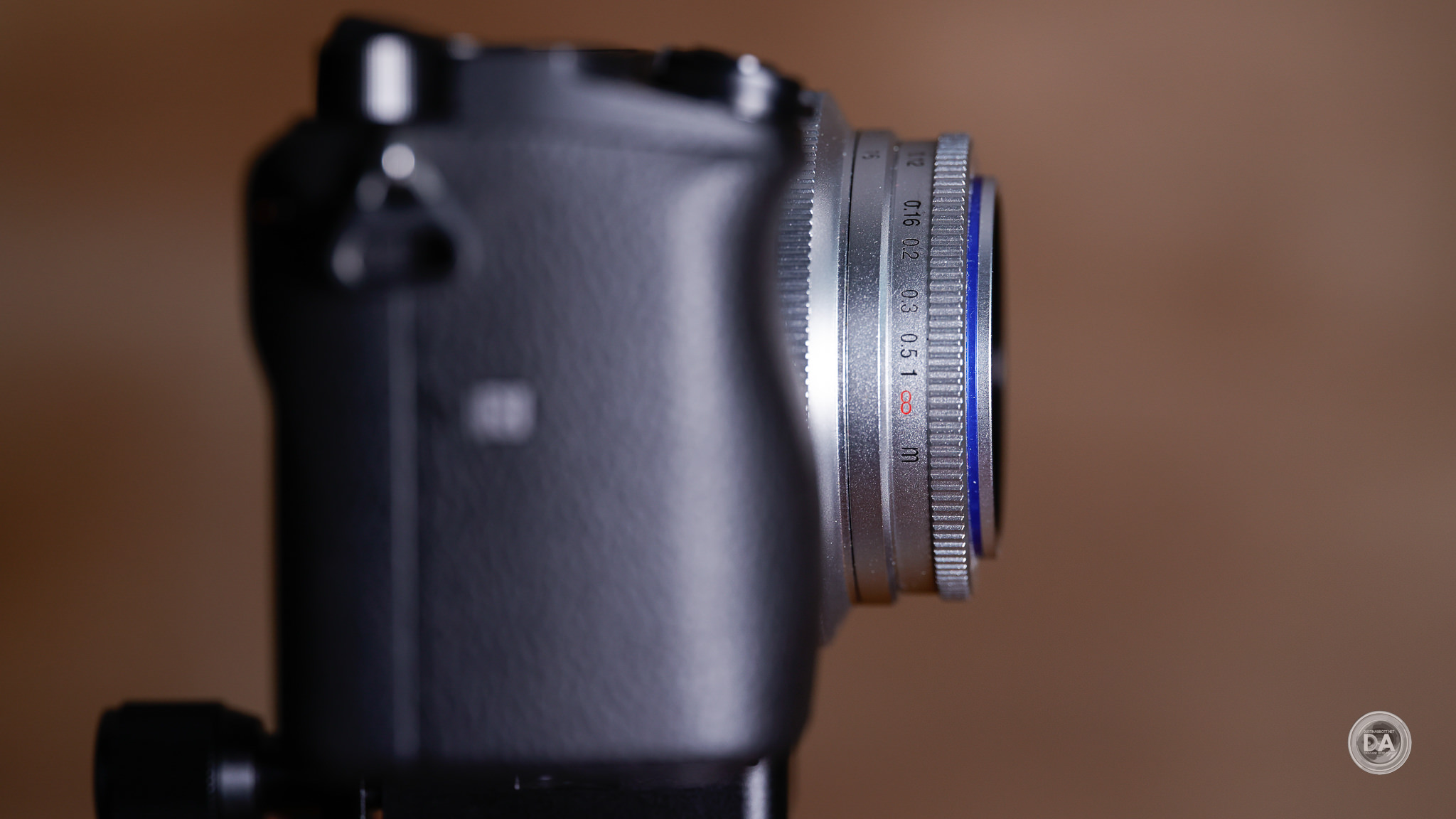

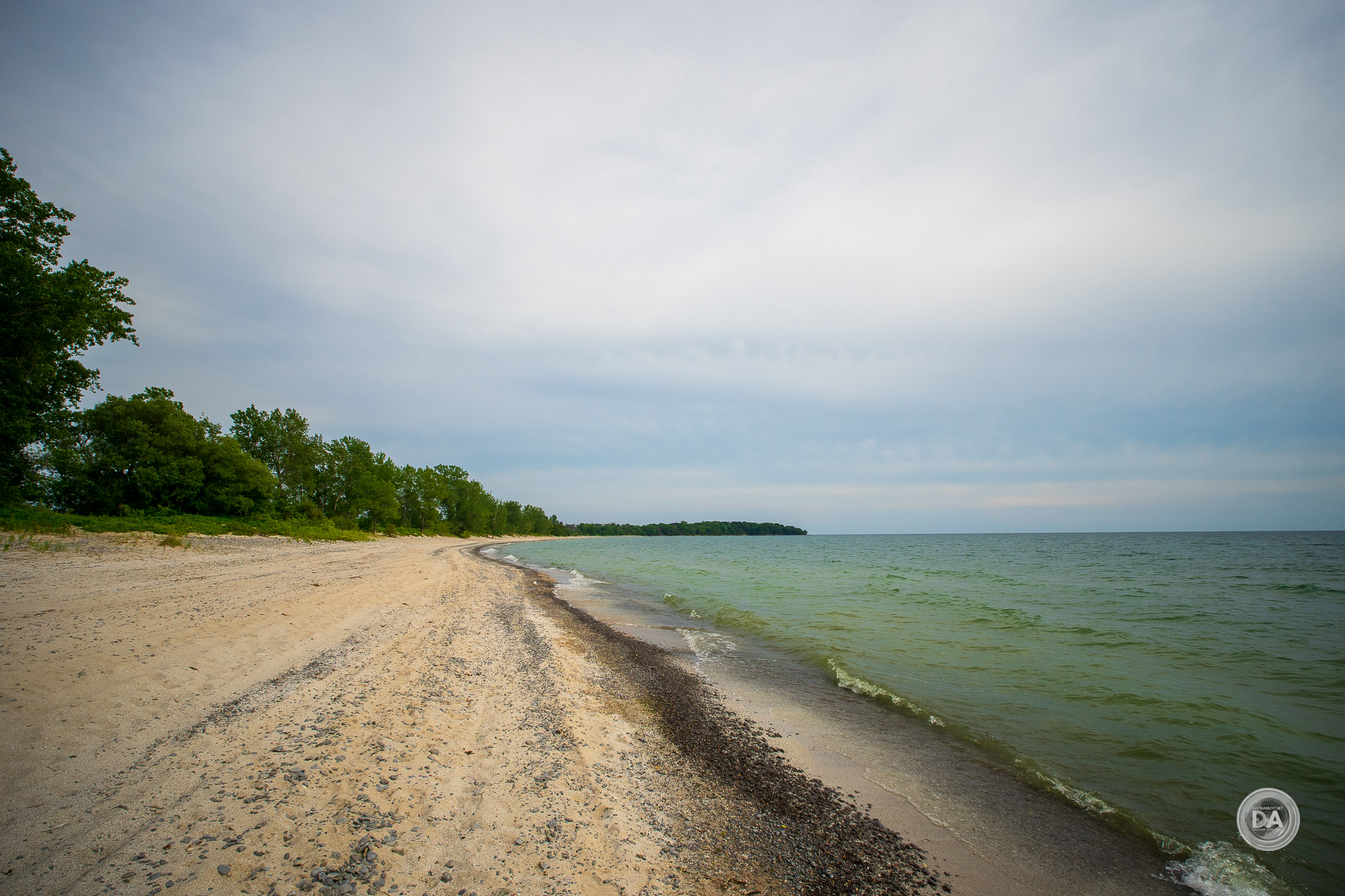
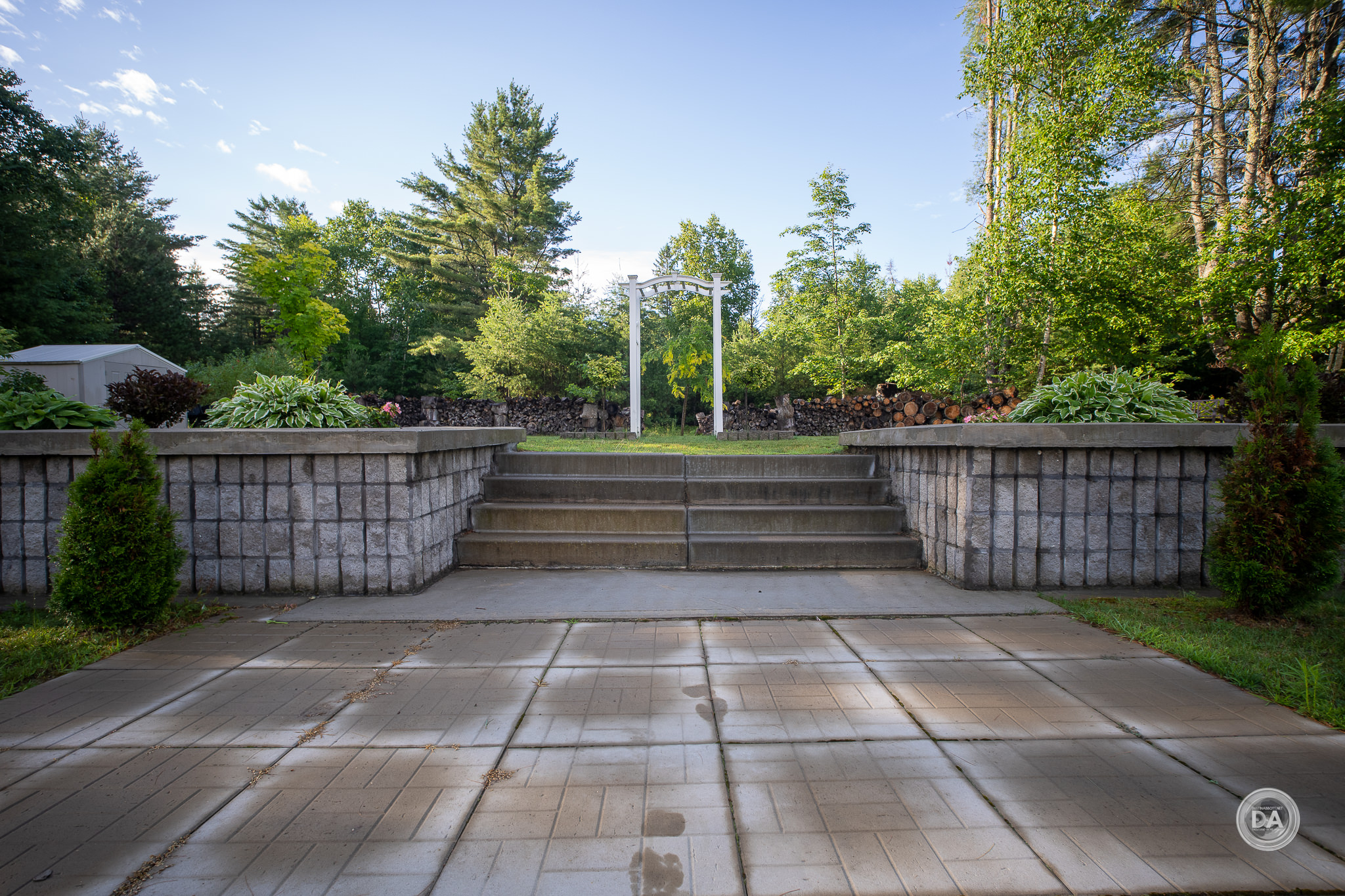
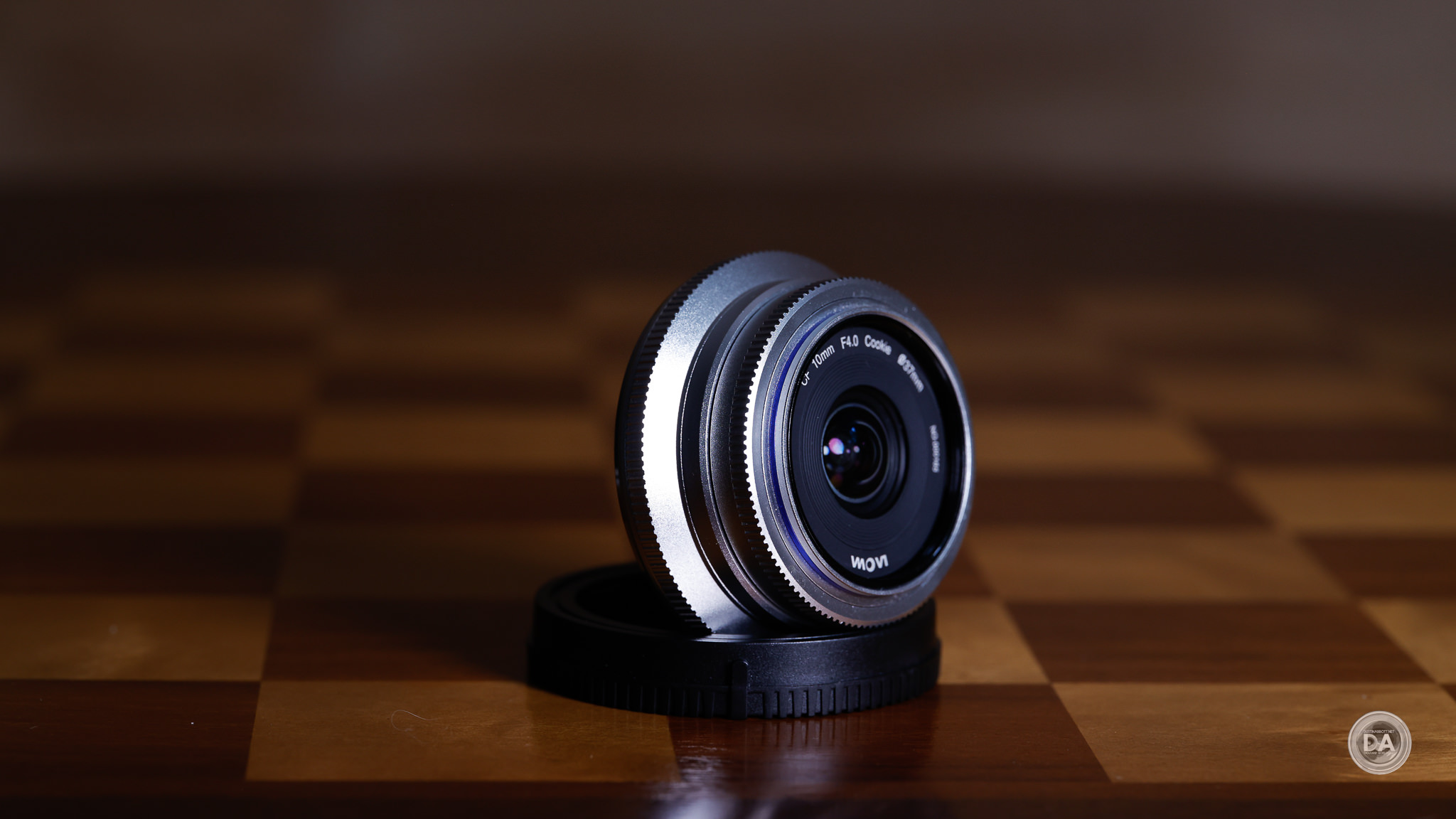
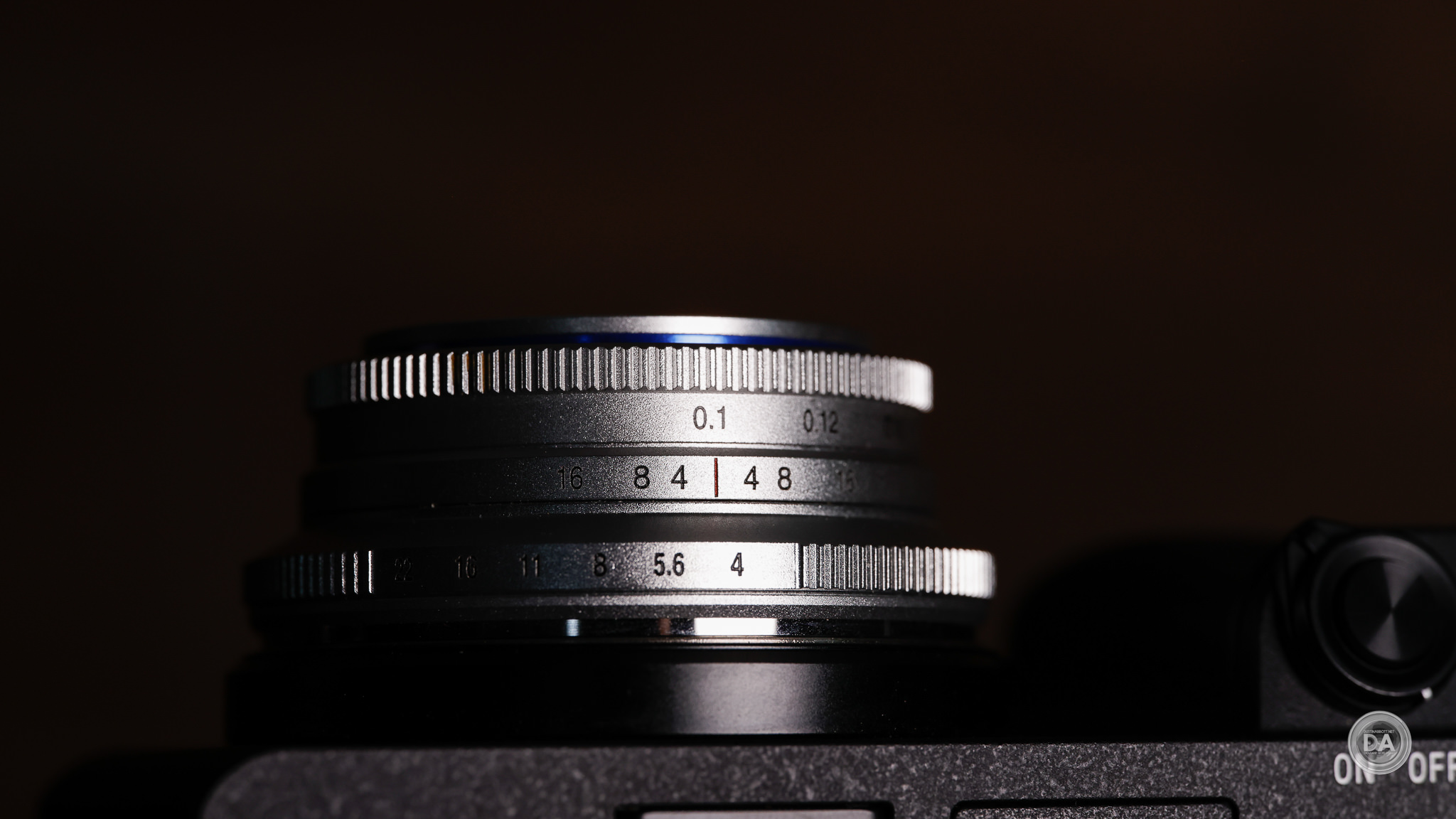
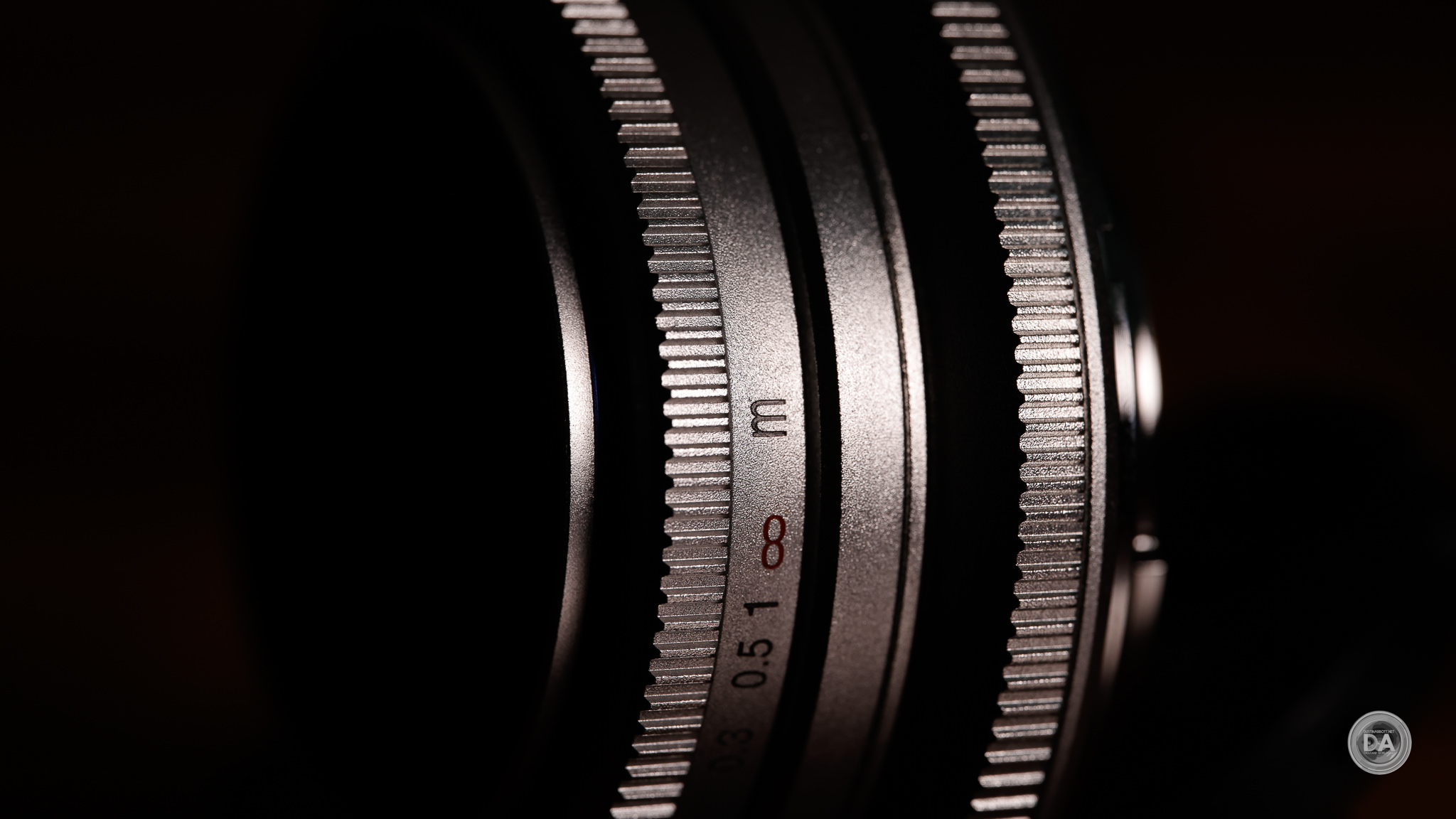
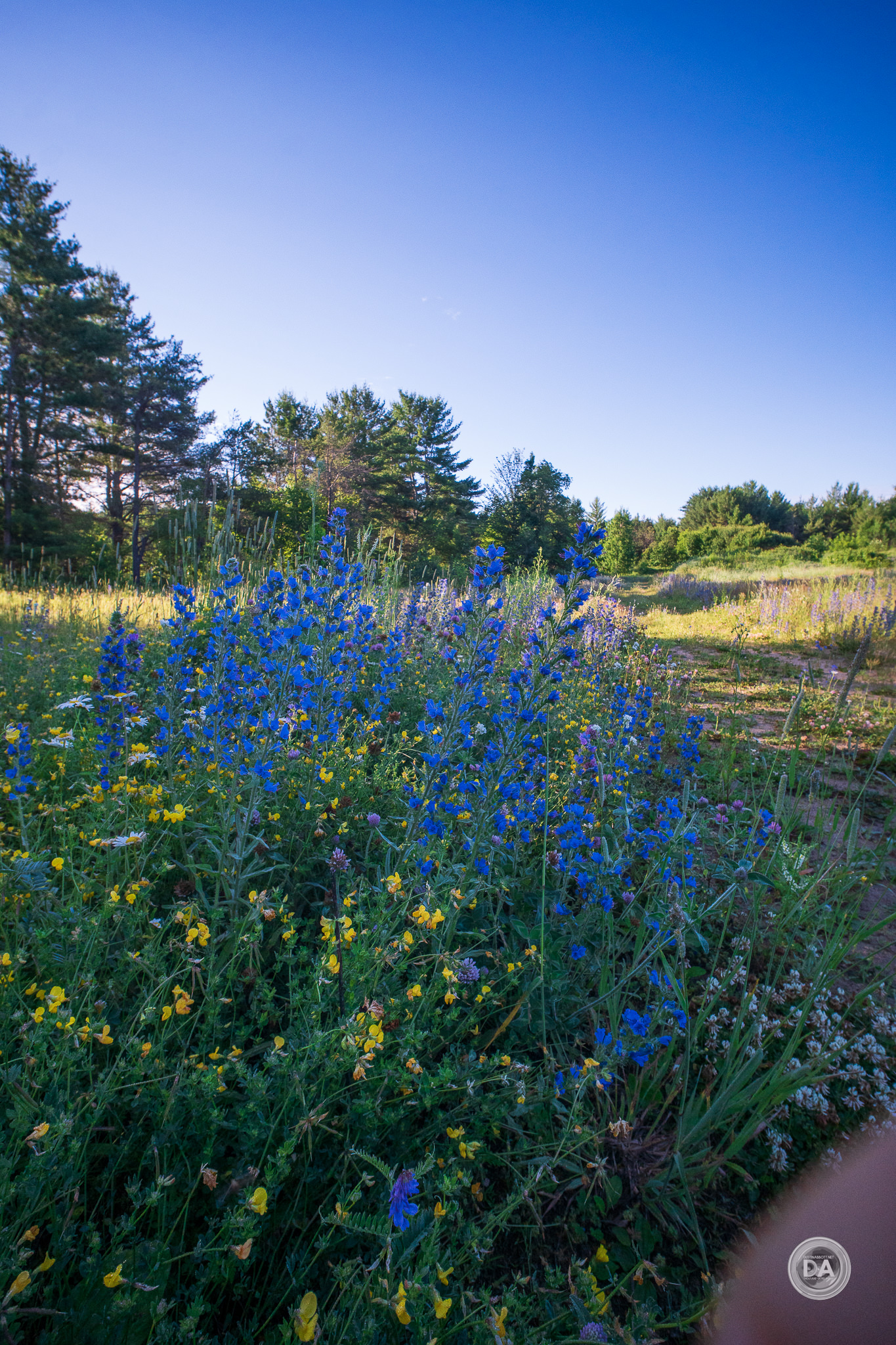
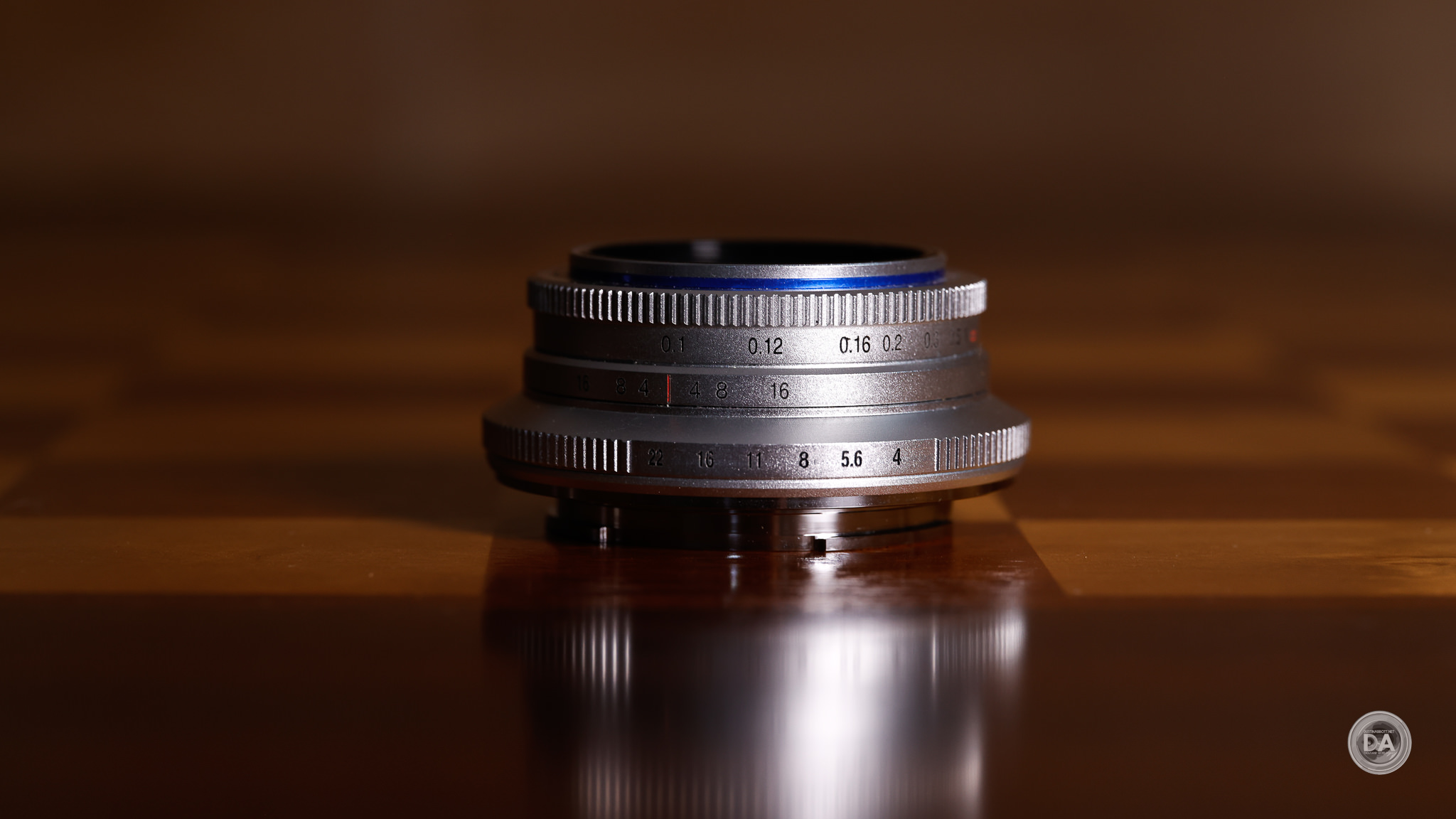
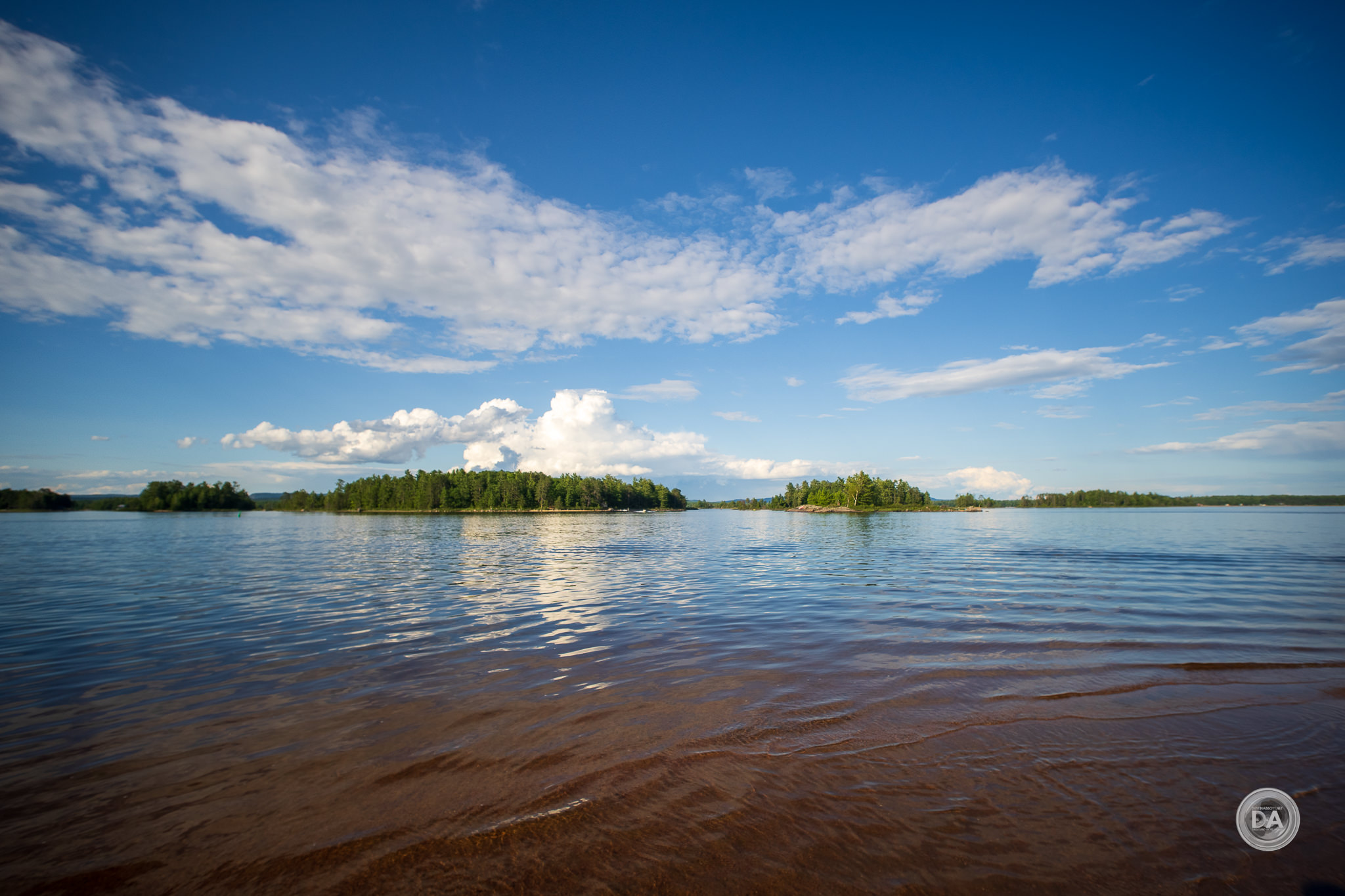
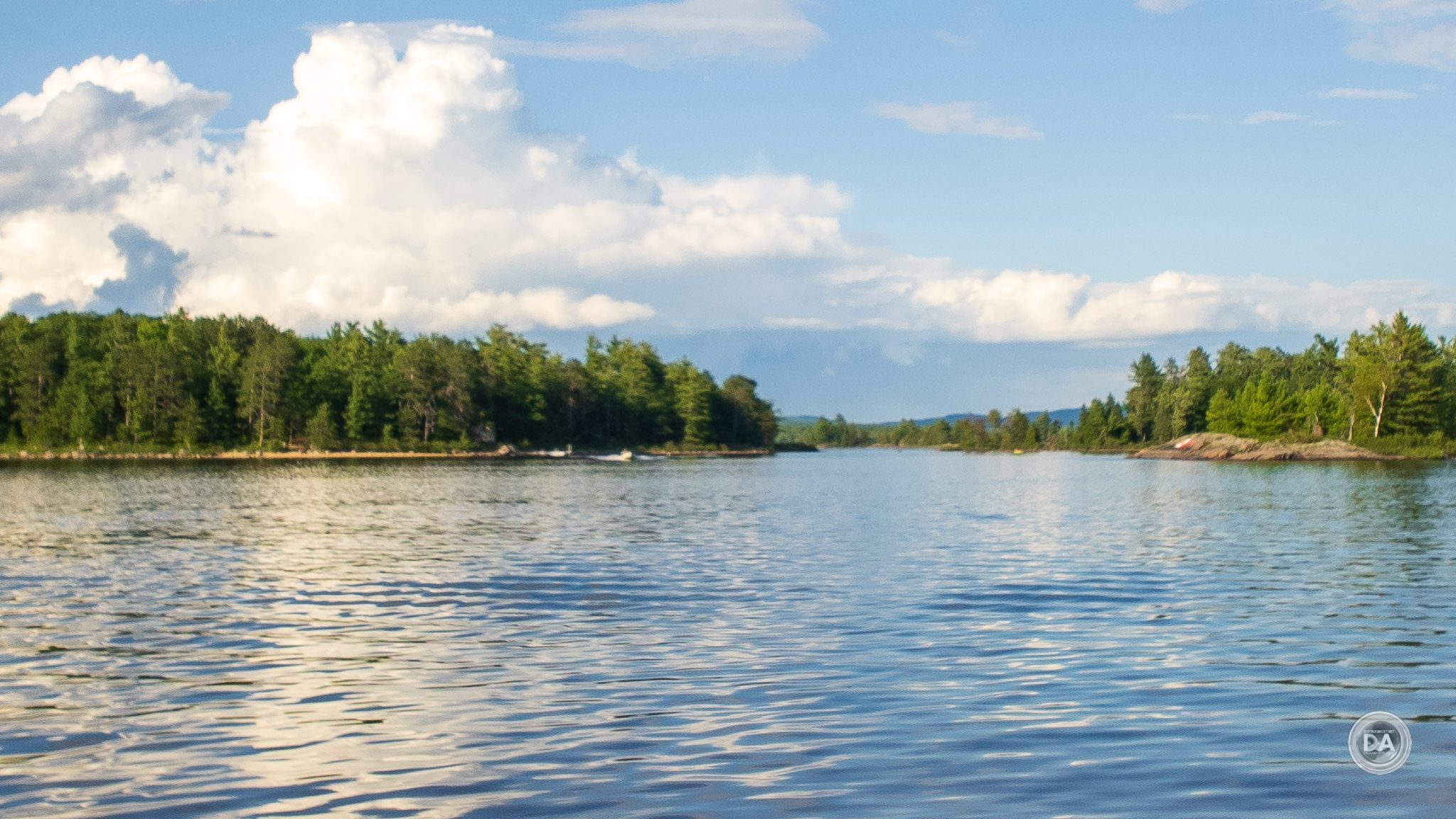
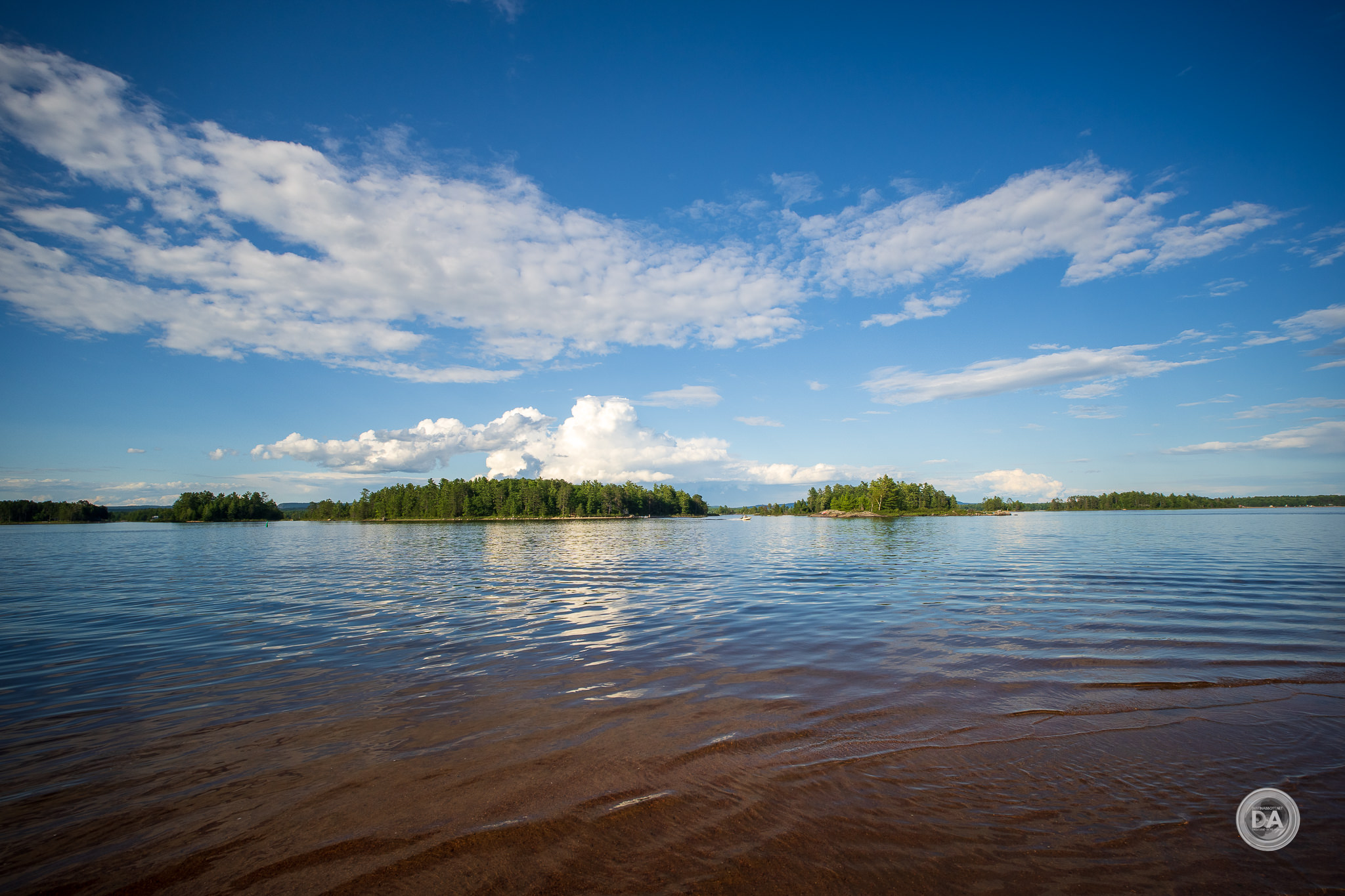


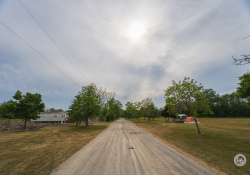

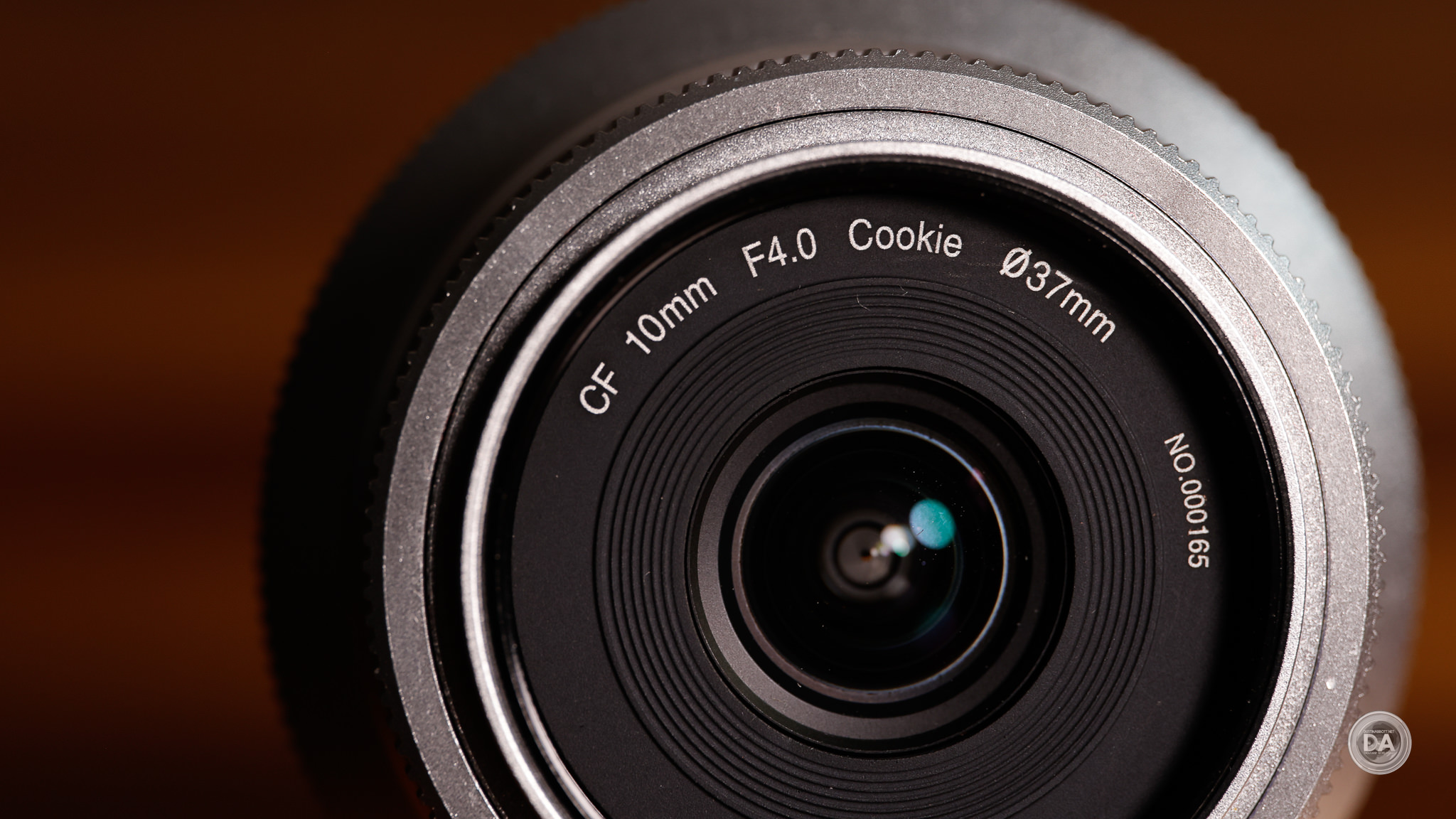

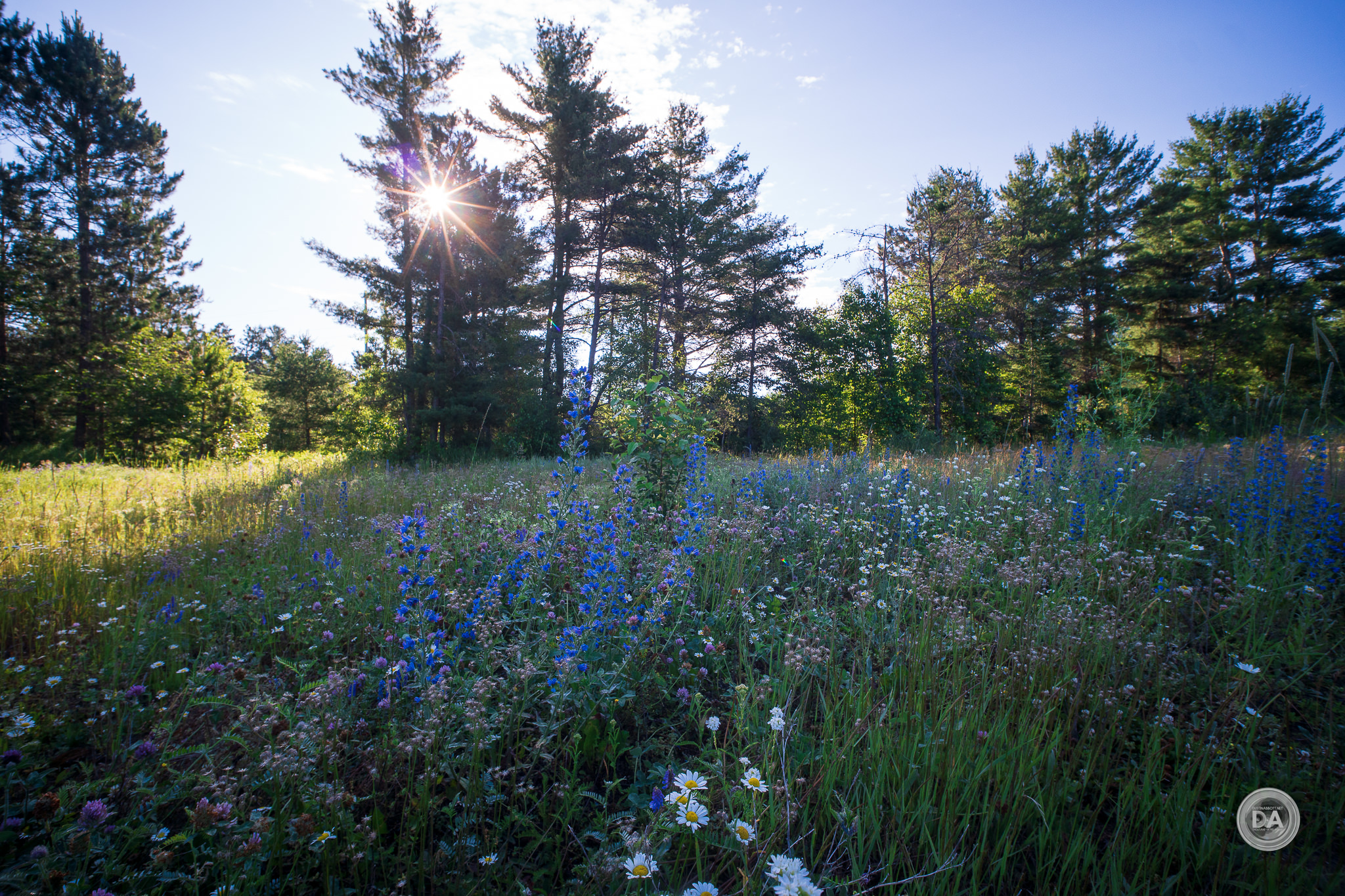
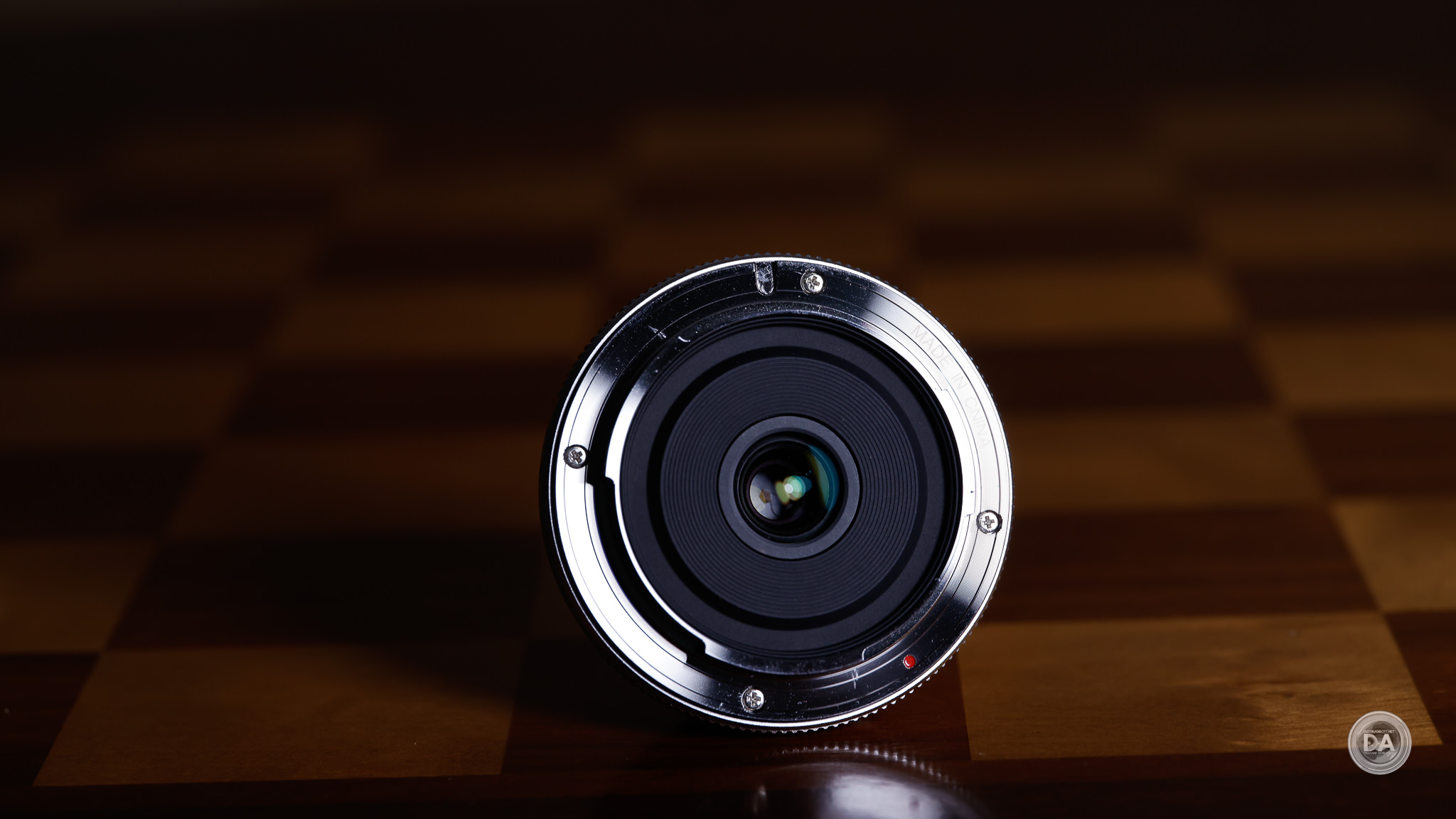
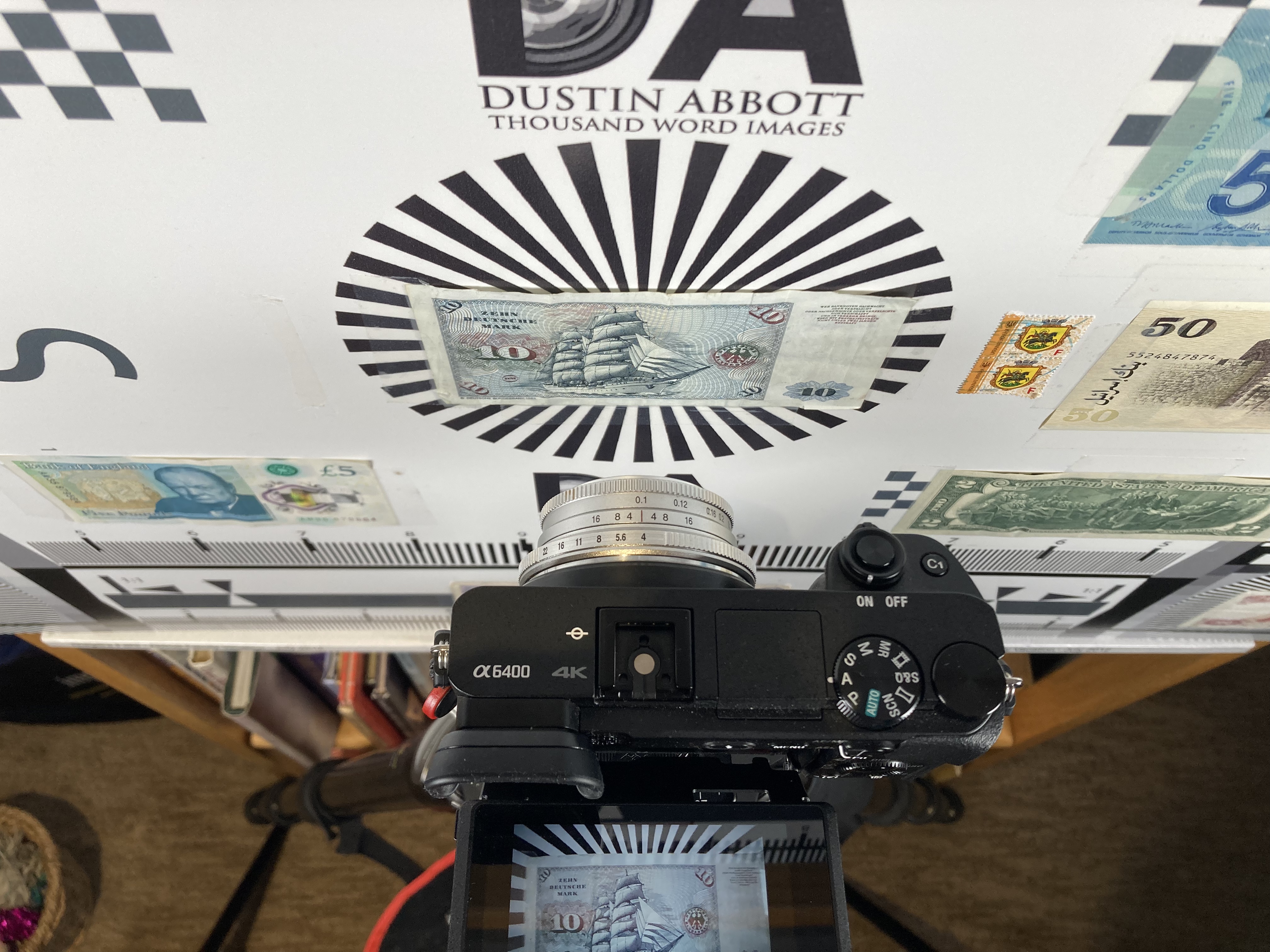
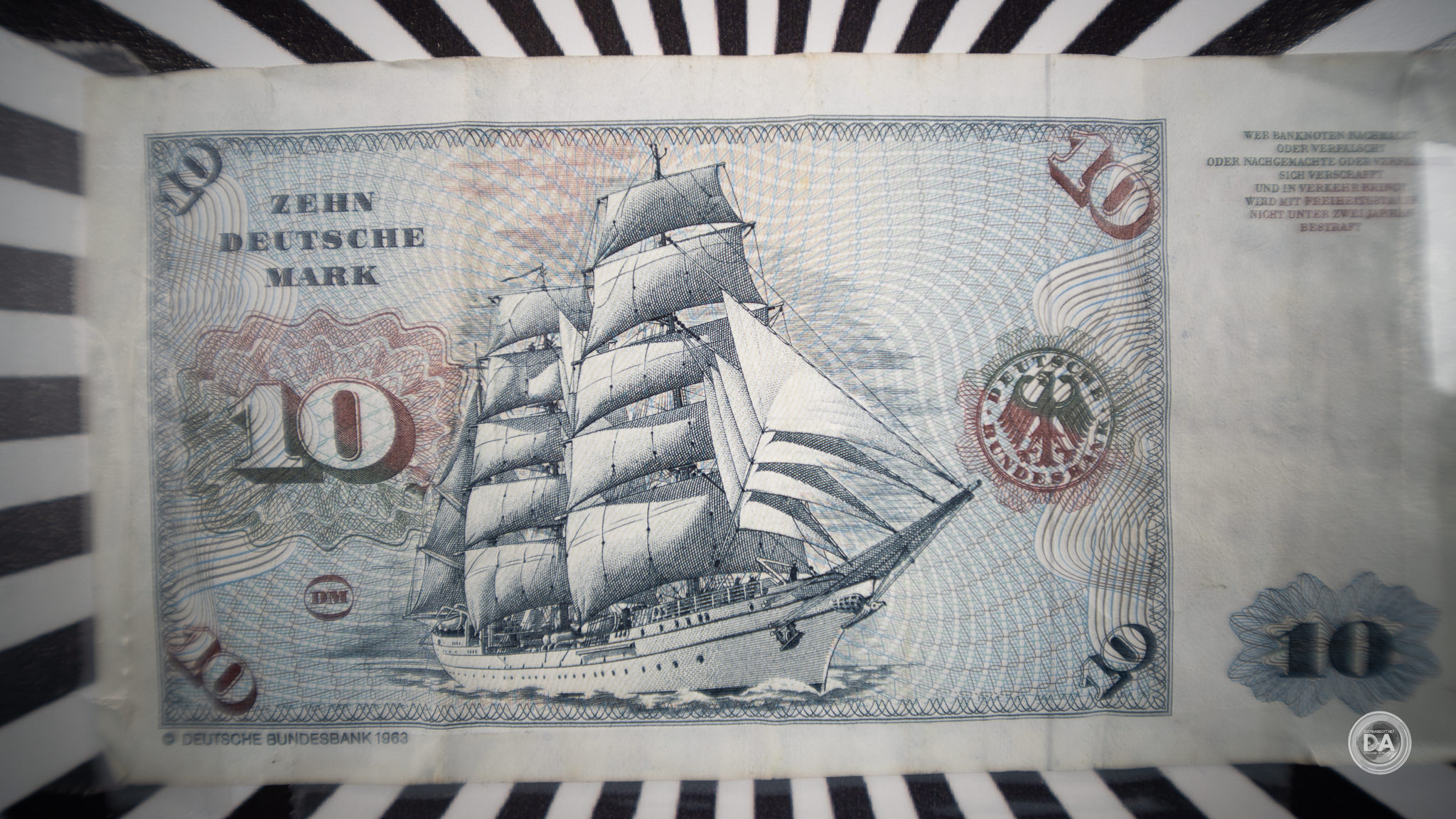
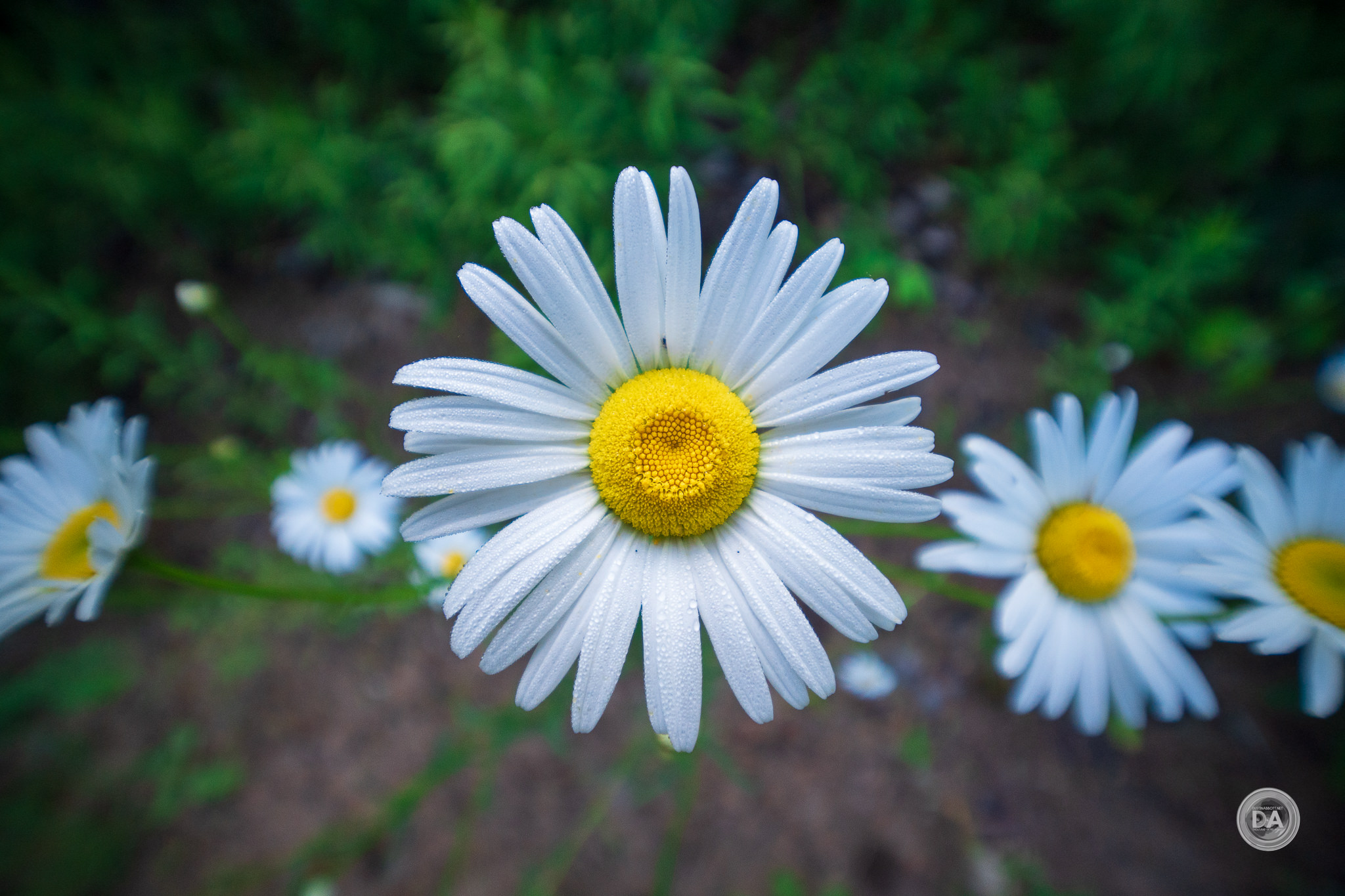
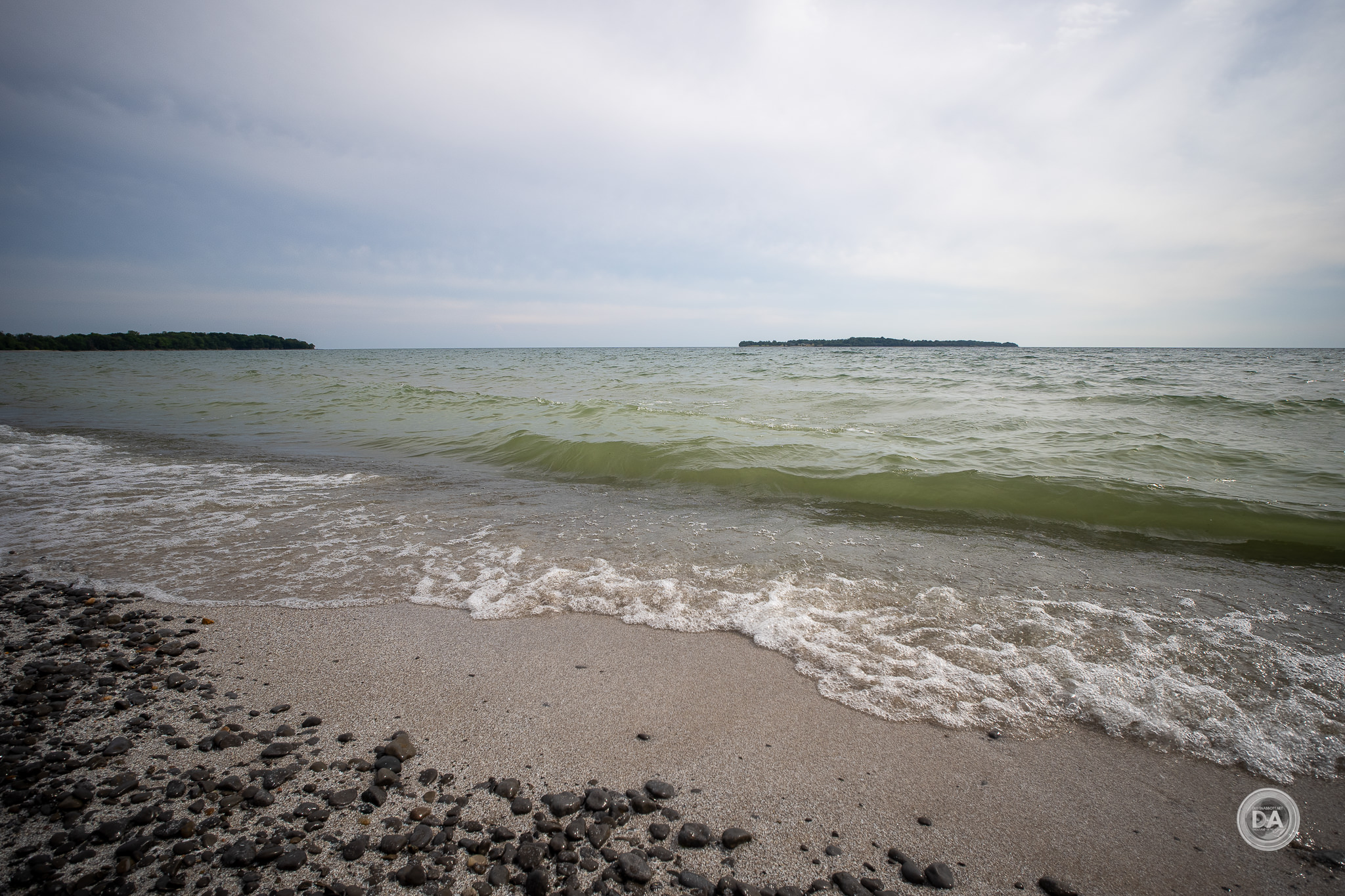
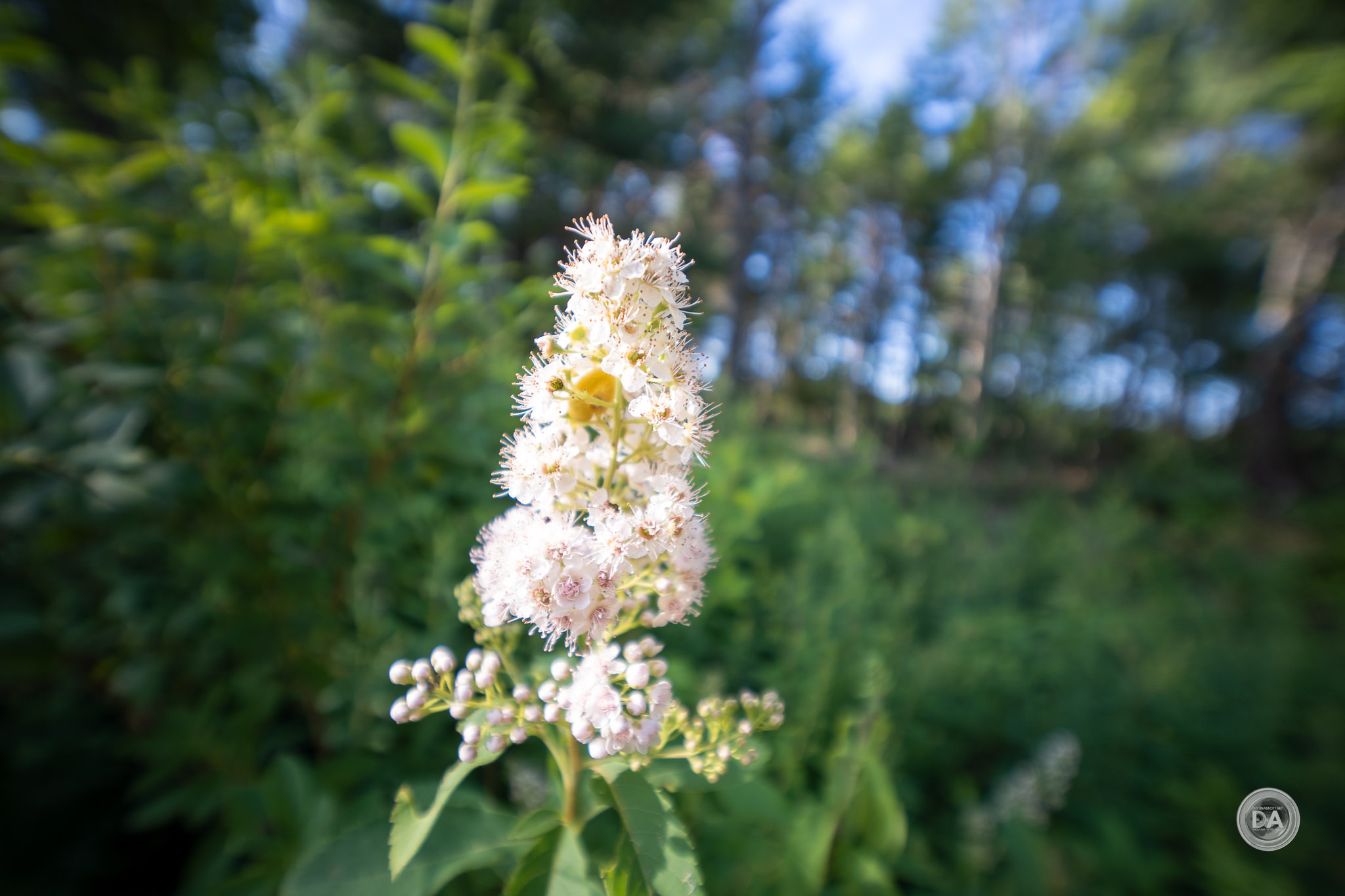



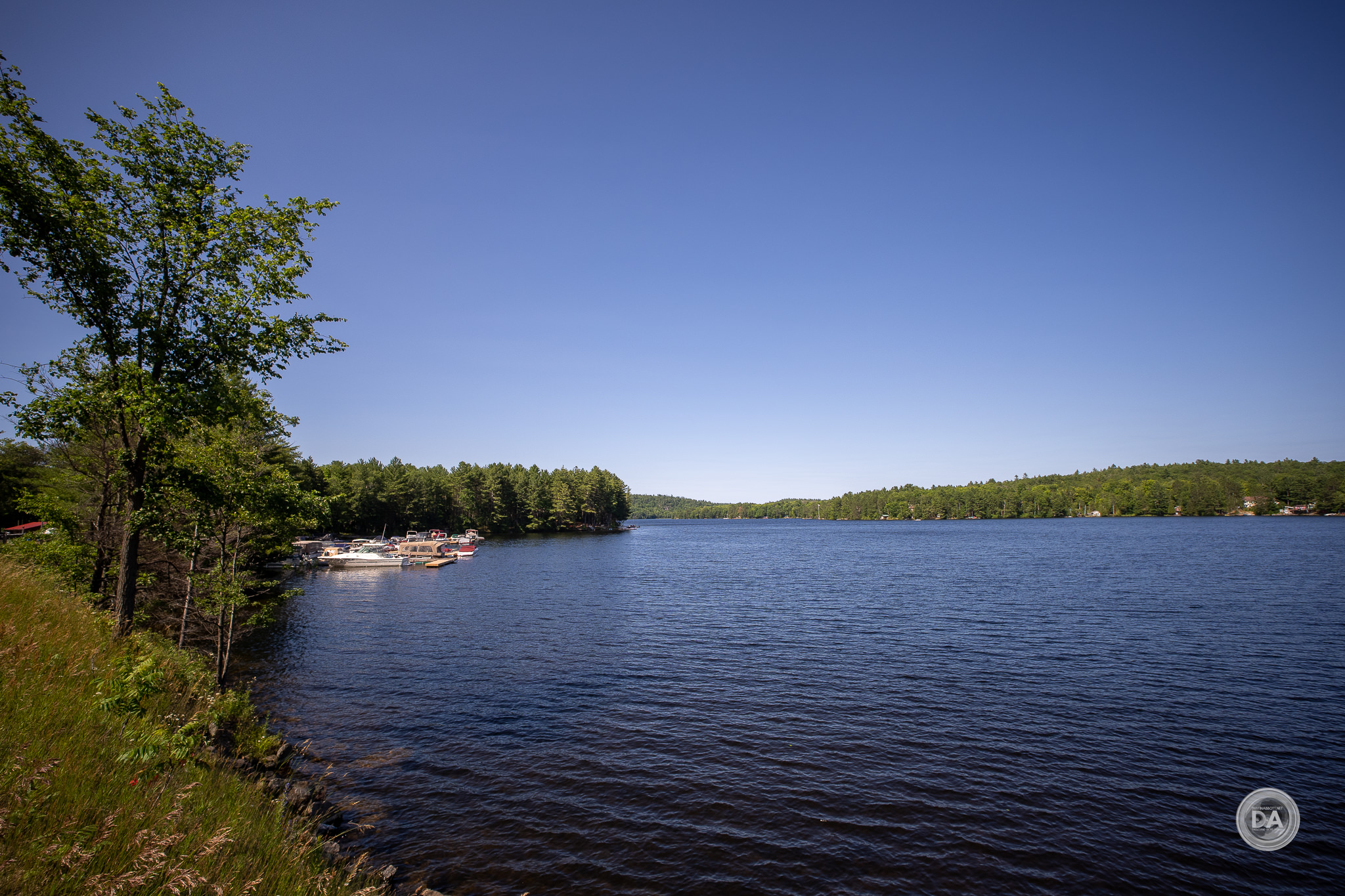
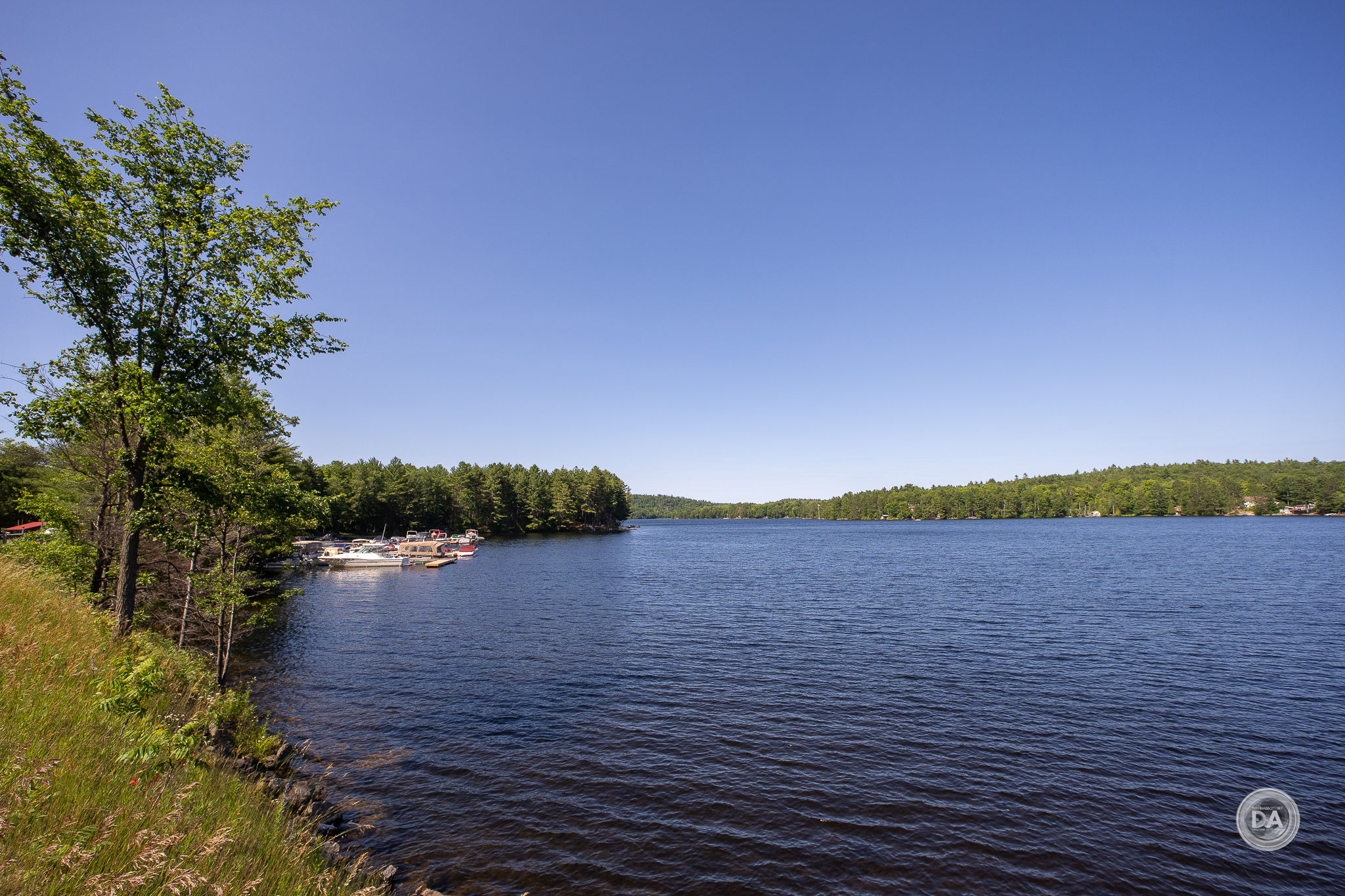


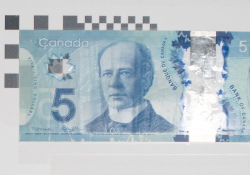
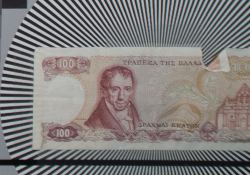

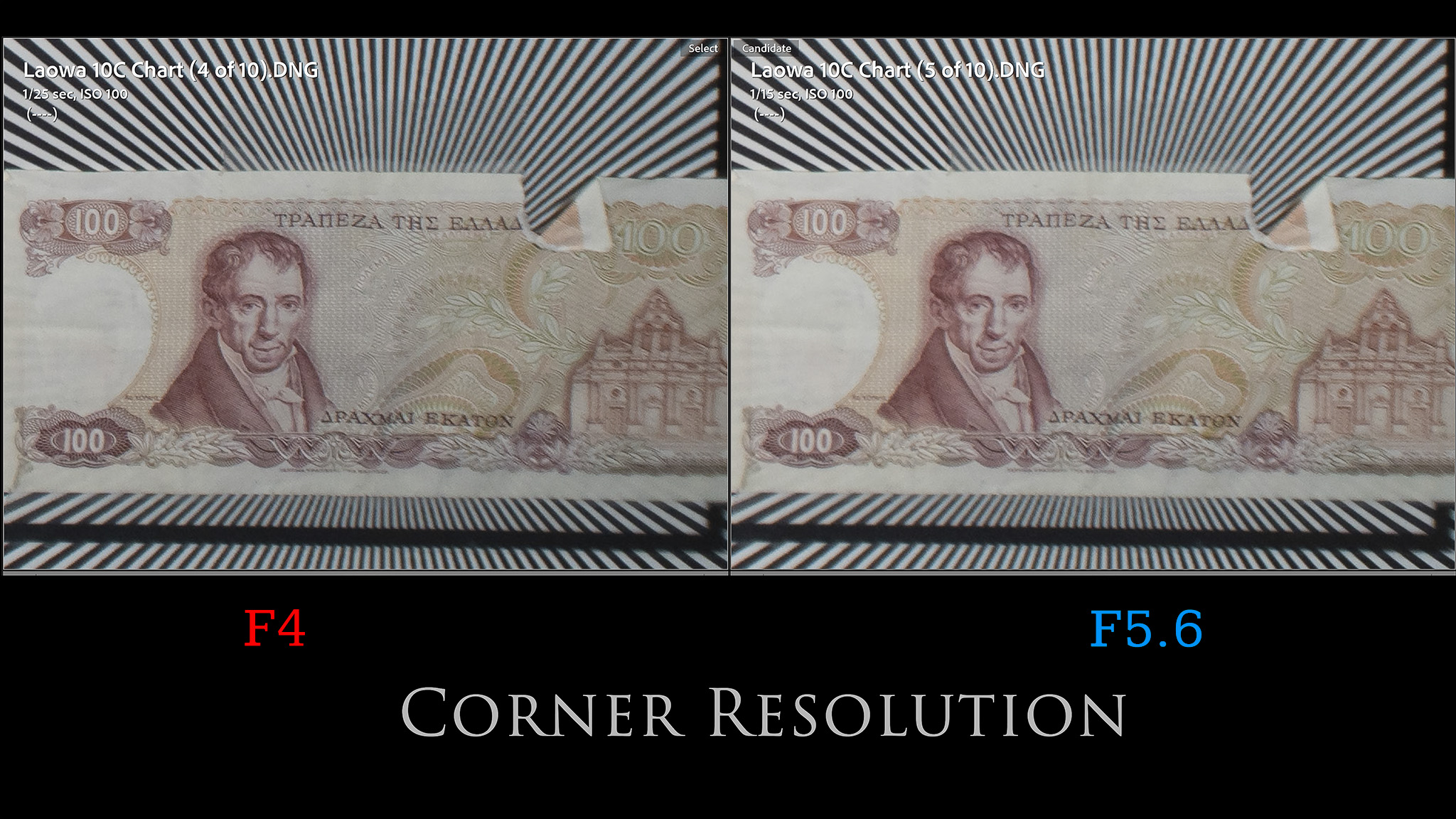
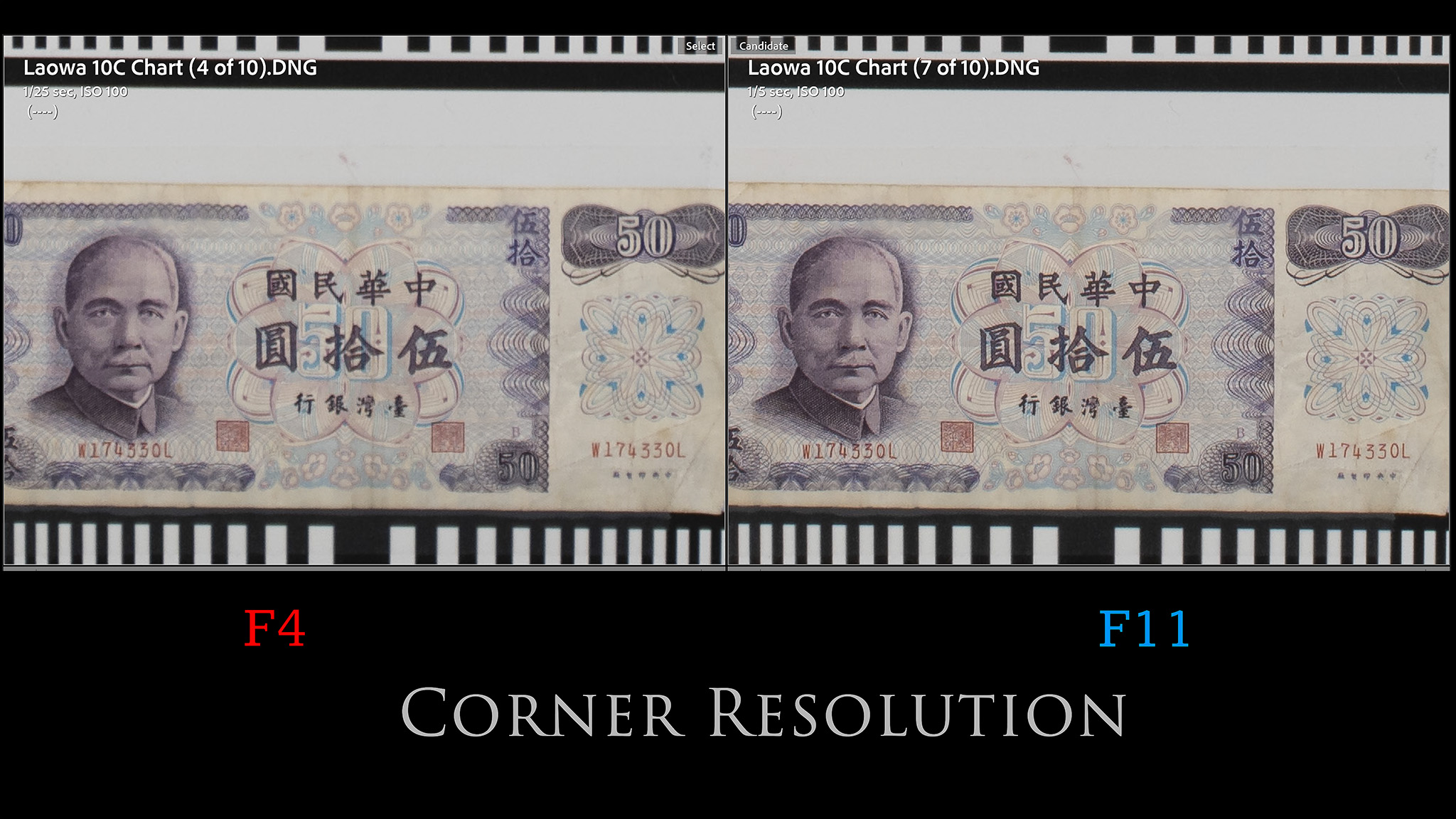
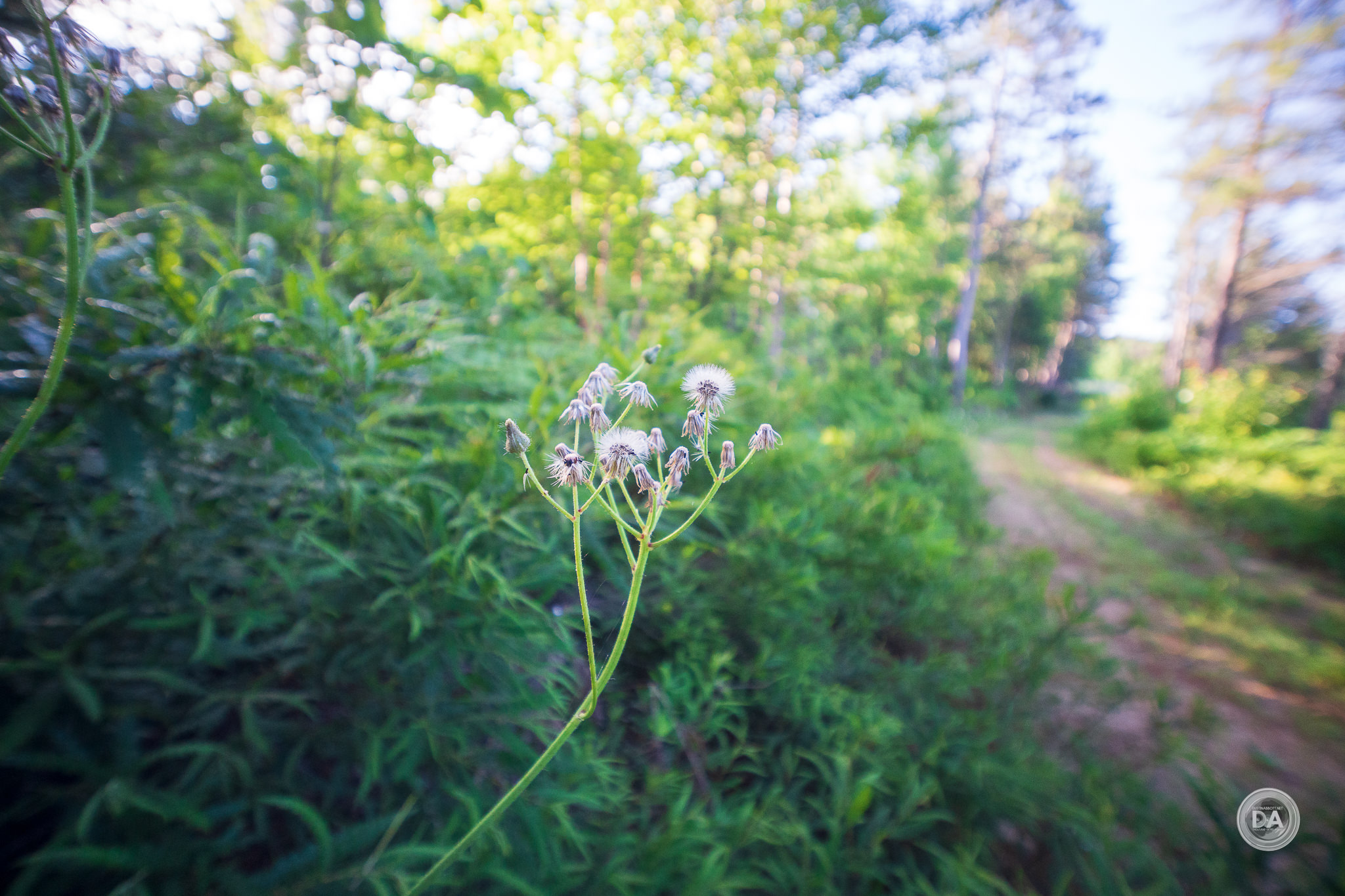
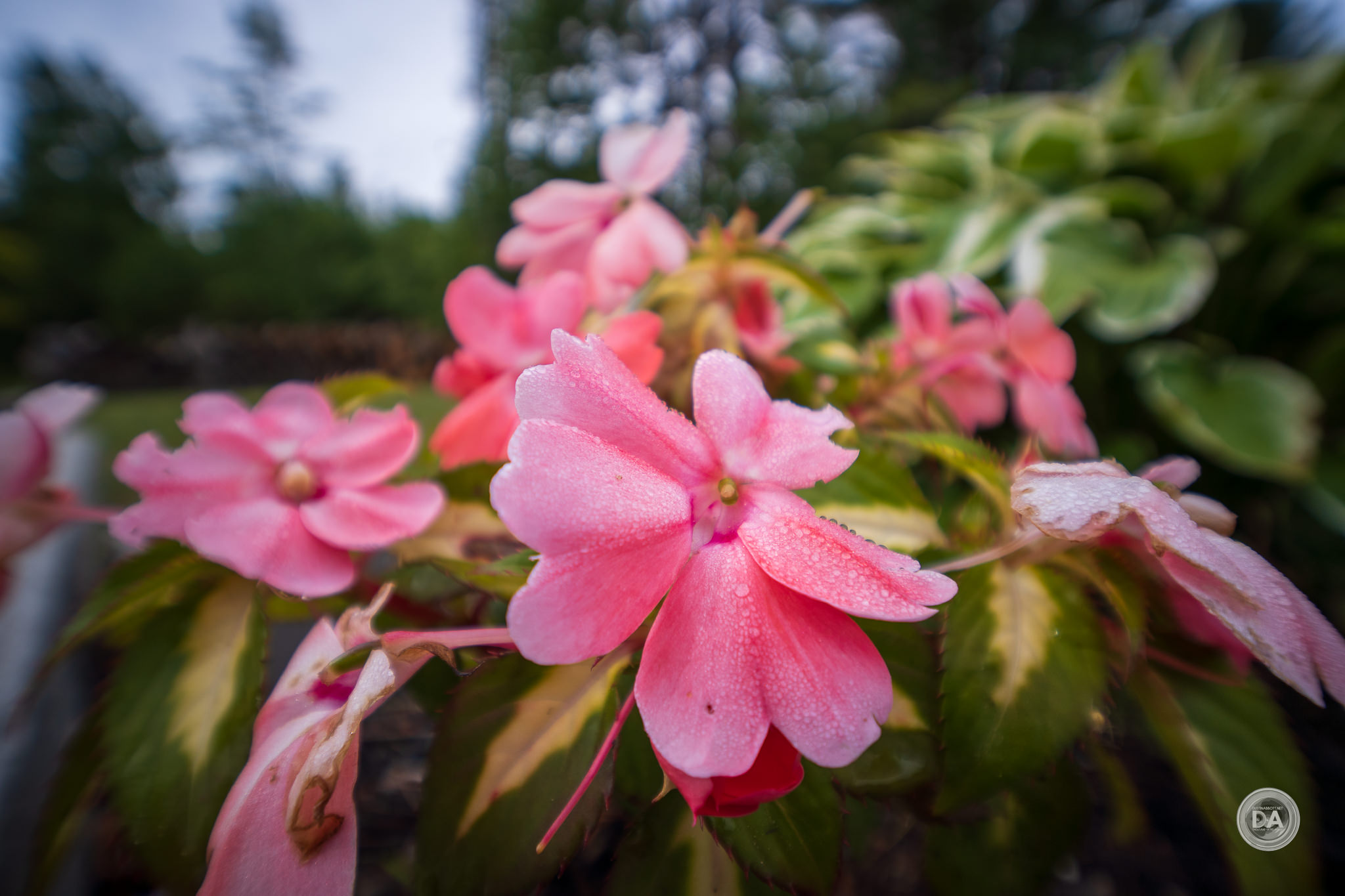
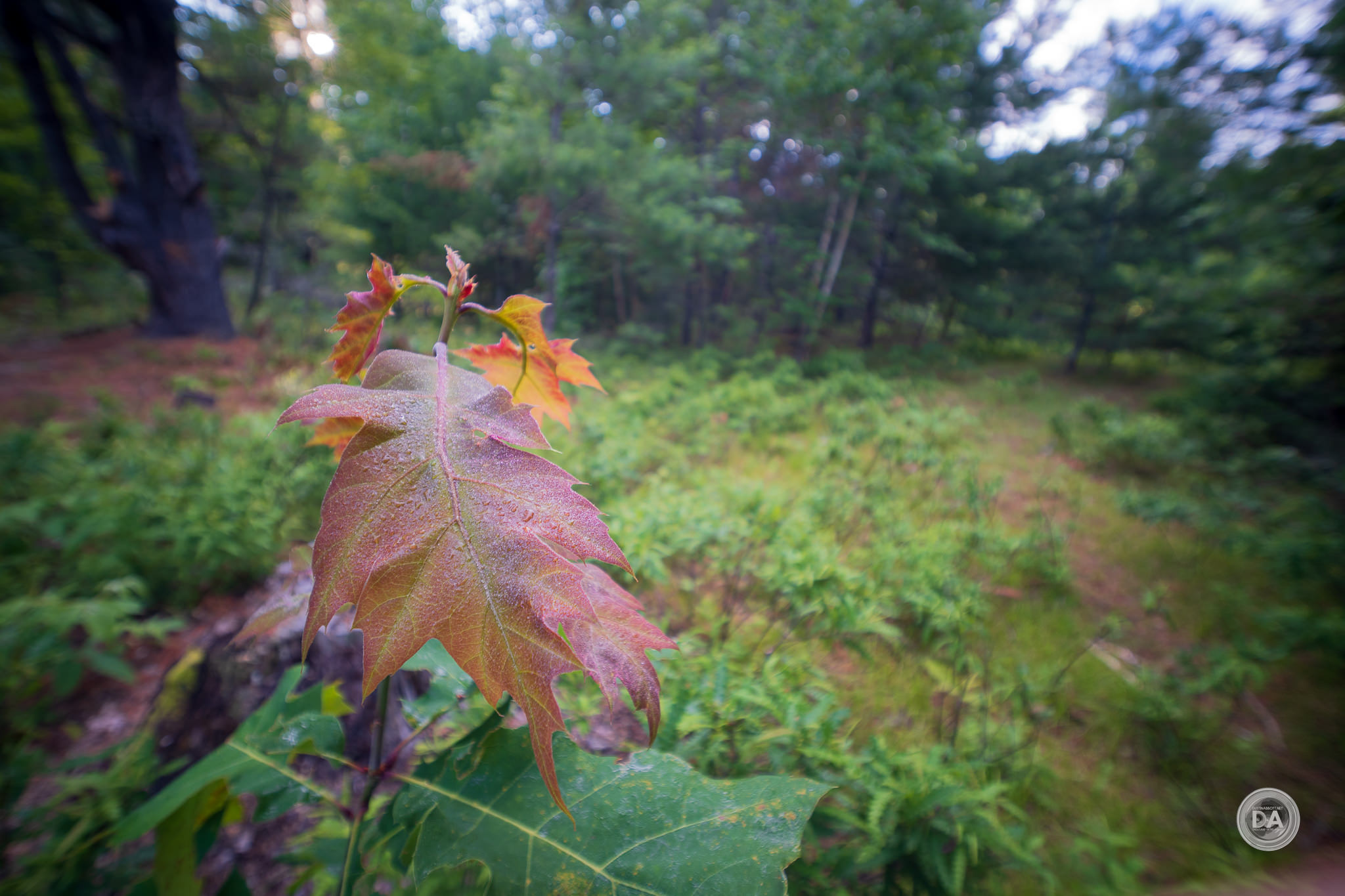
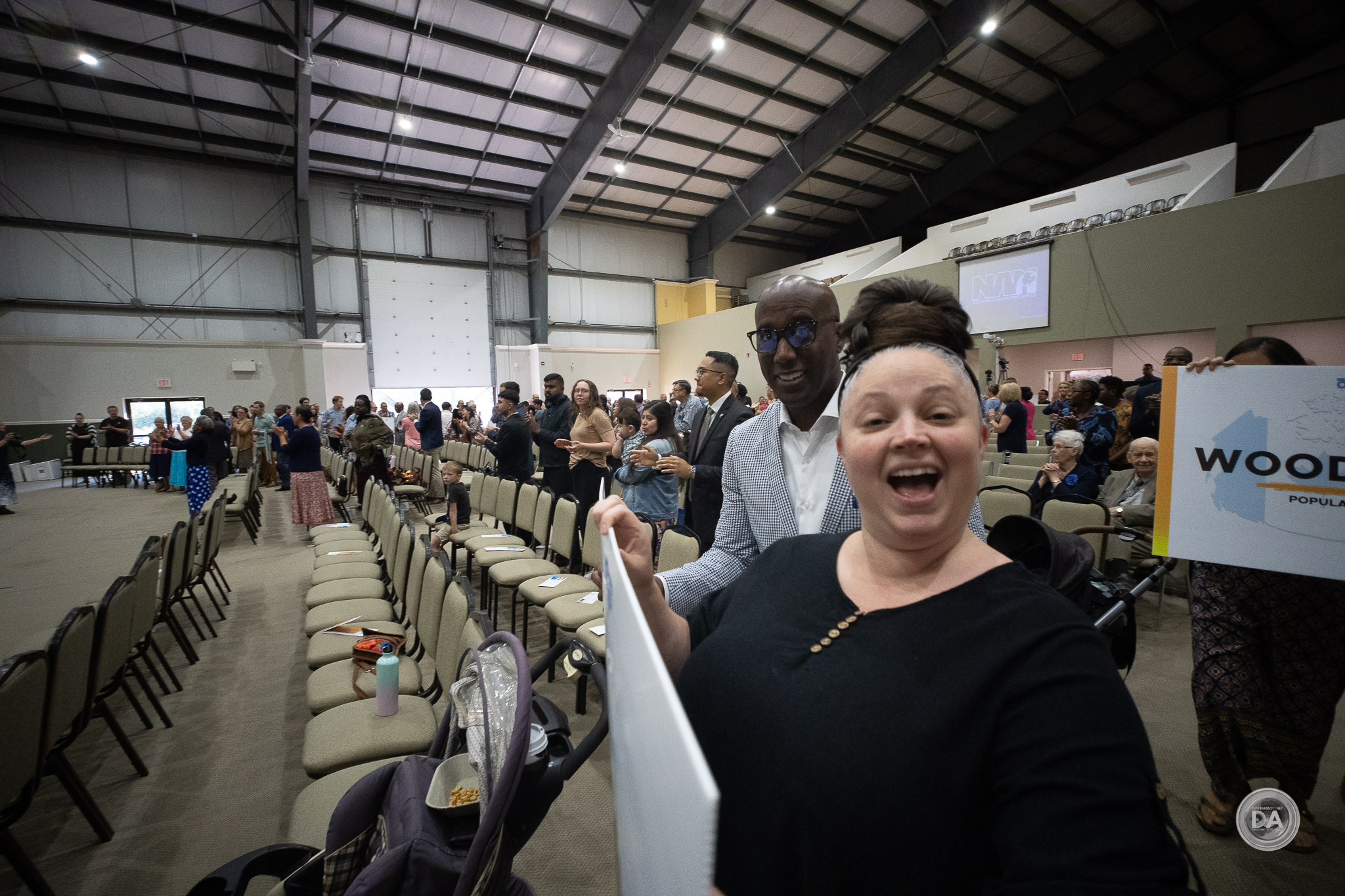

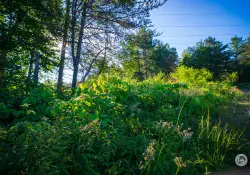


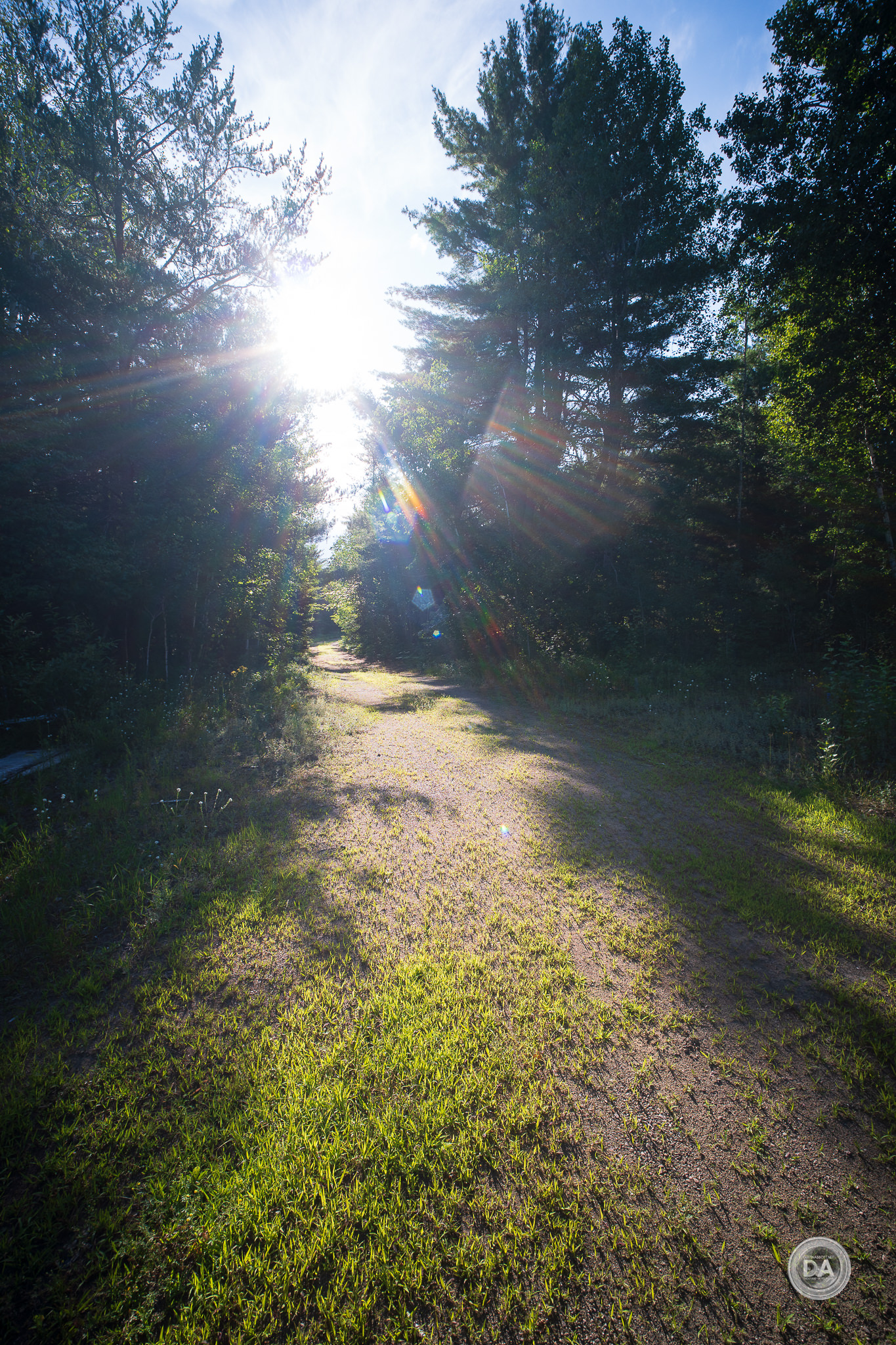
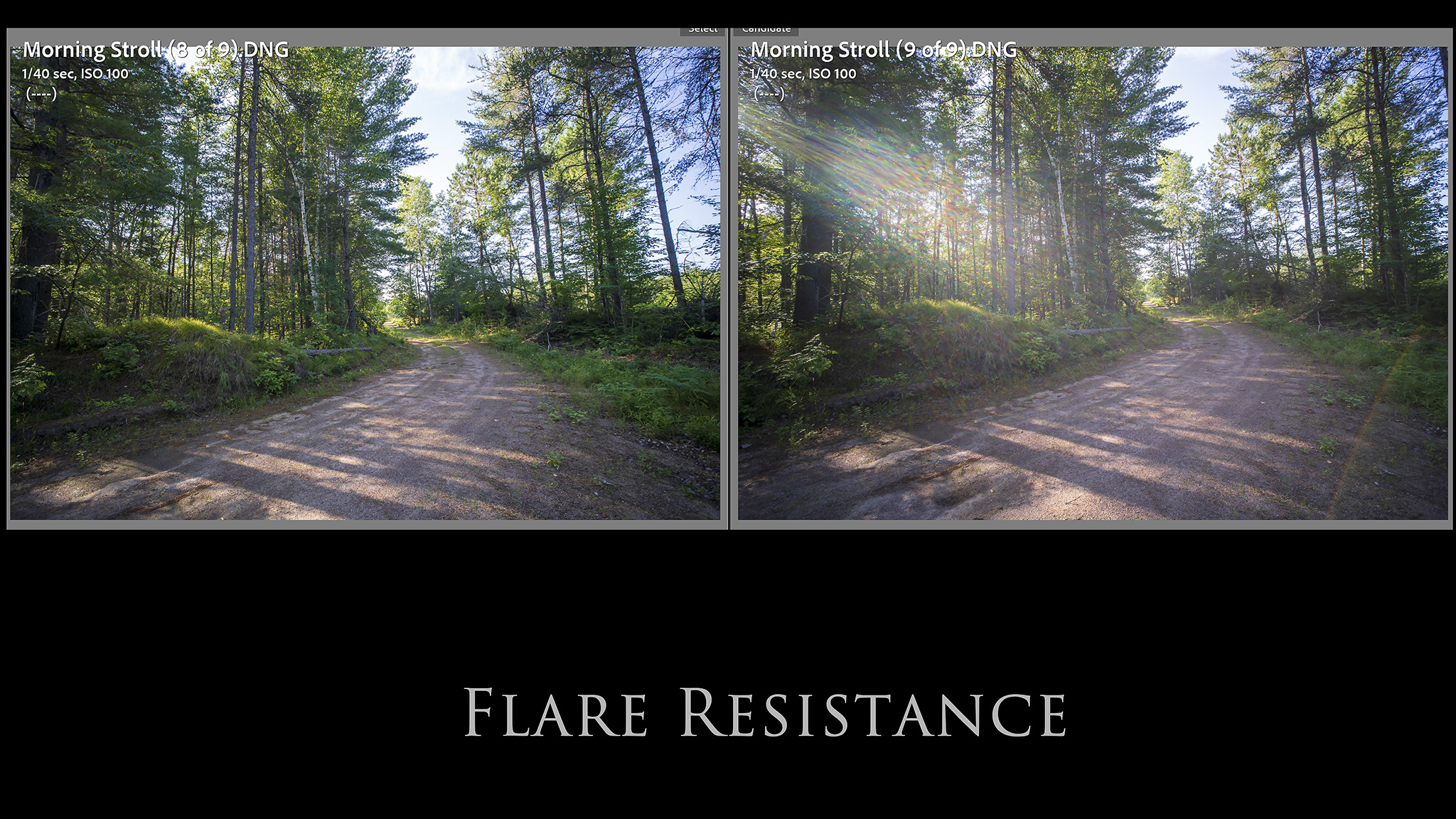

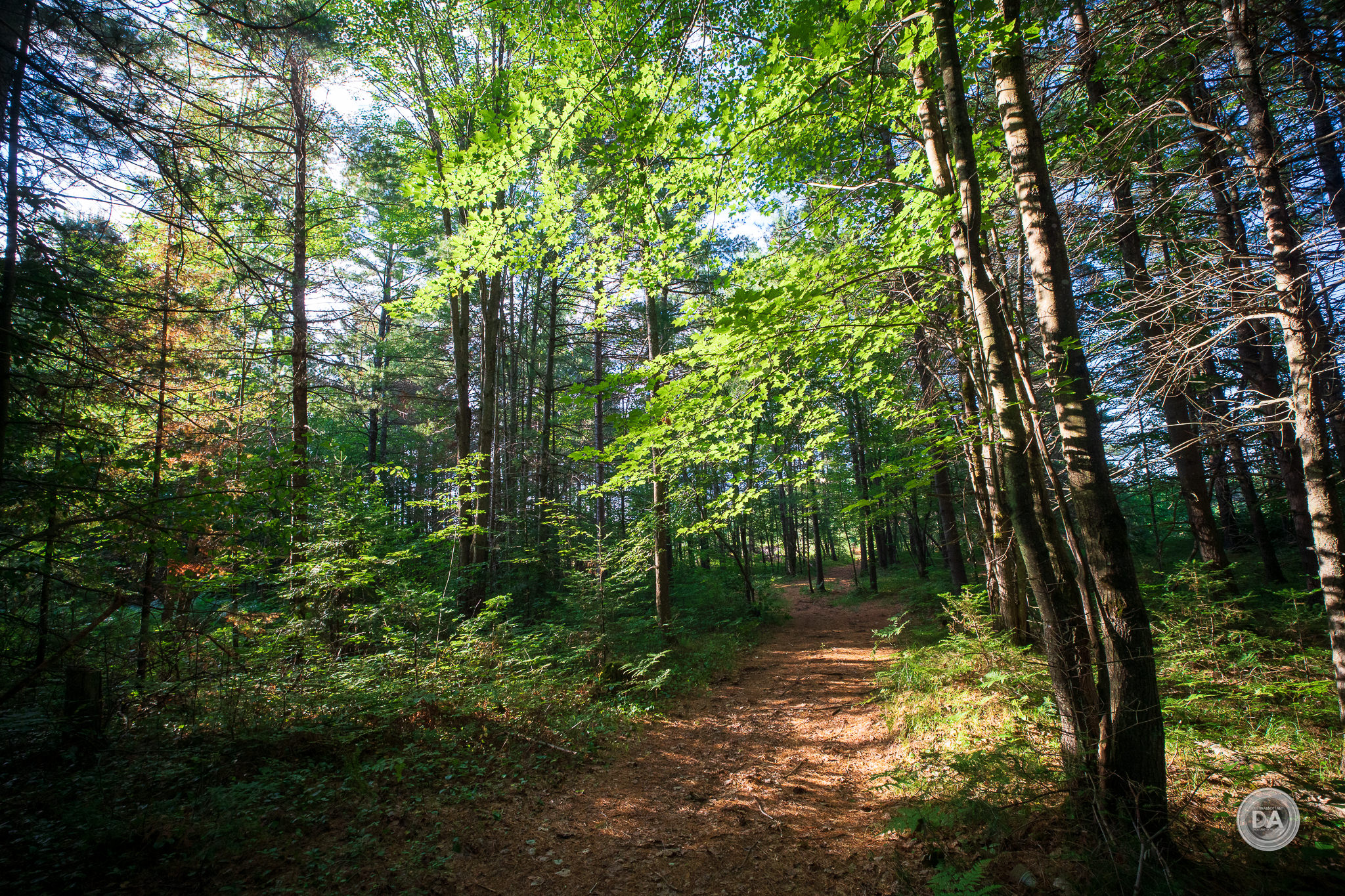



 Sirui Sniper 75mm F1.2 Review
Sirui Sniper 75mm F1.2 Review  Sirui Sniper 75mm F1.2 Gallery
Sirui Sniper 75mm F1.2 Gallery  Tamron 70-300mm F4.5-6.3 RXD Z-mount Review
Tamron 70-300mm F4.5-6.3 RXD Z-mount Review  Nikkor Z 40mm F2 Review
Nikkor Z 40mm F2 Review 





